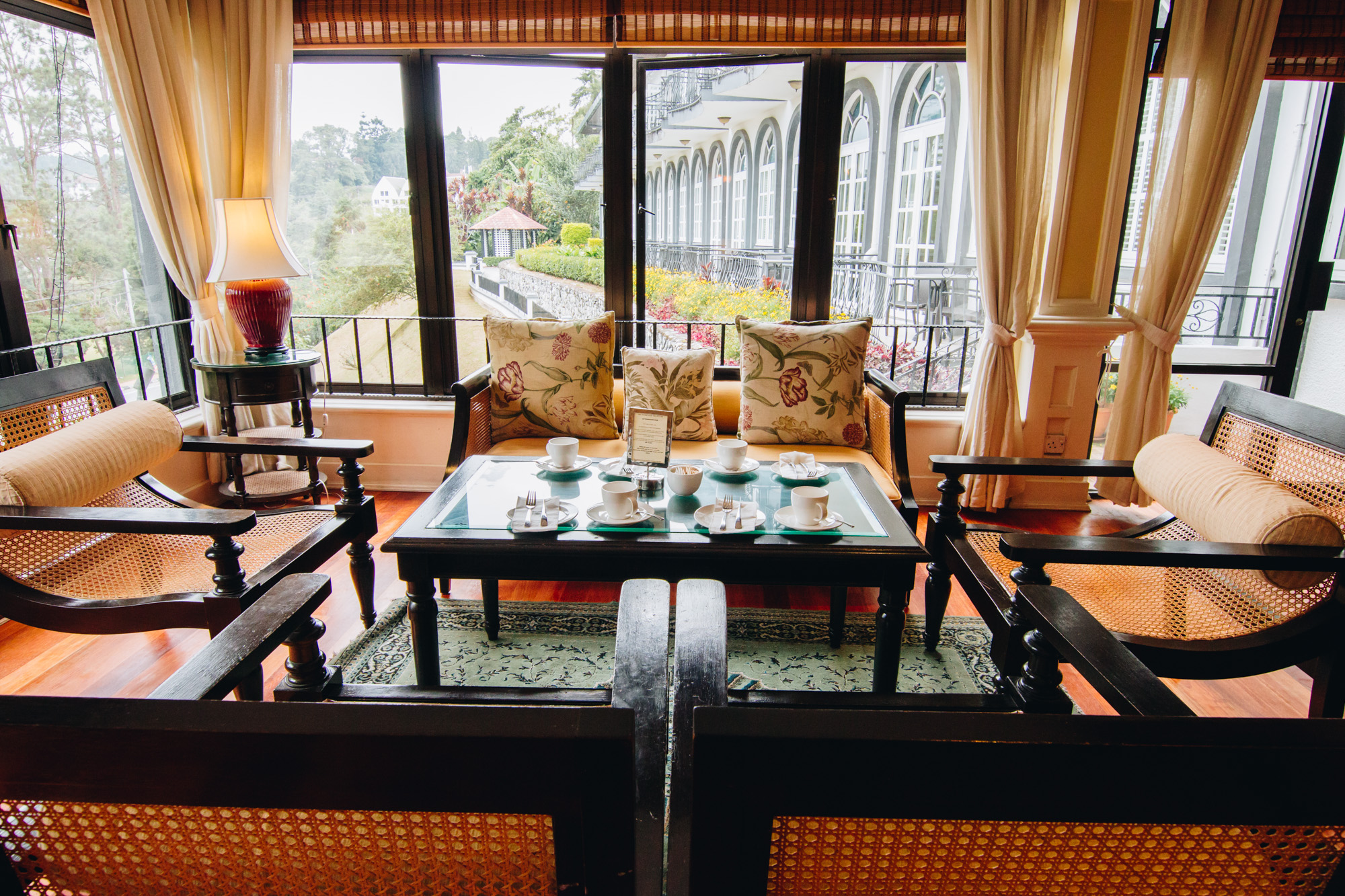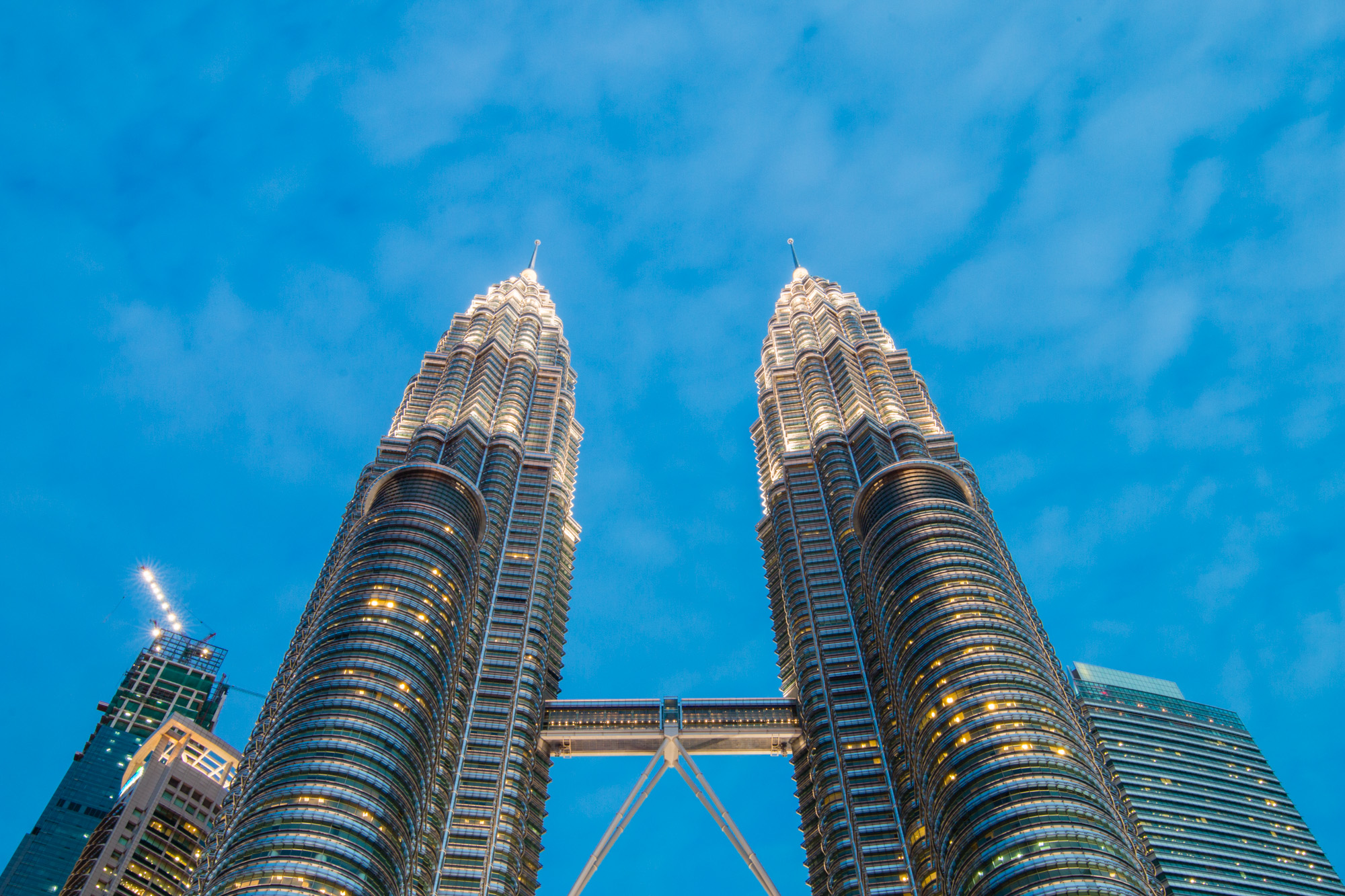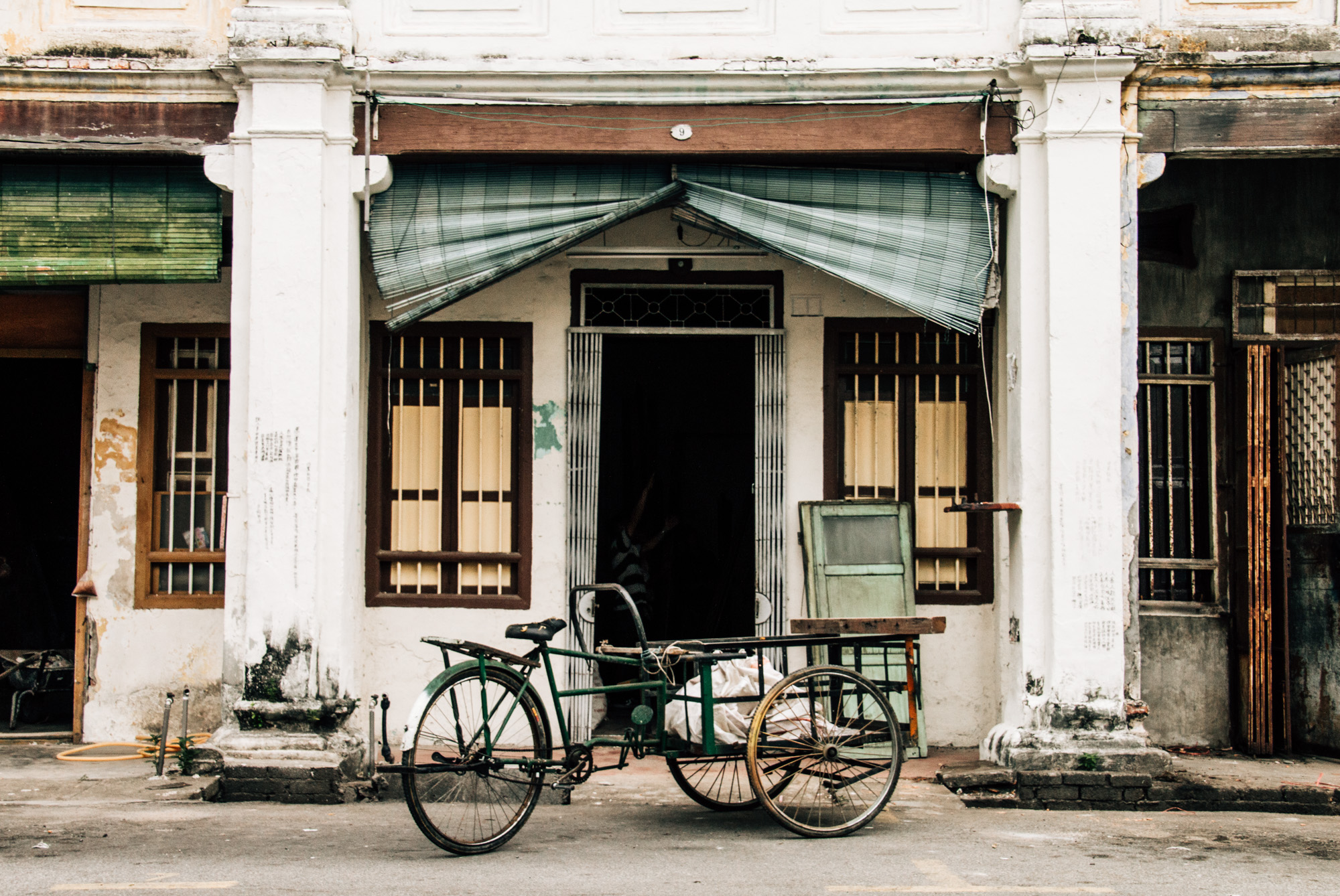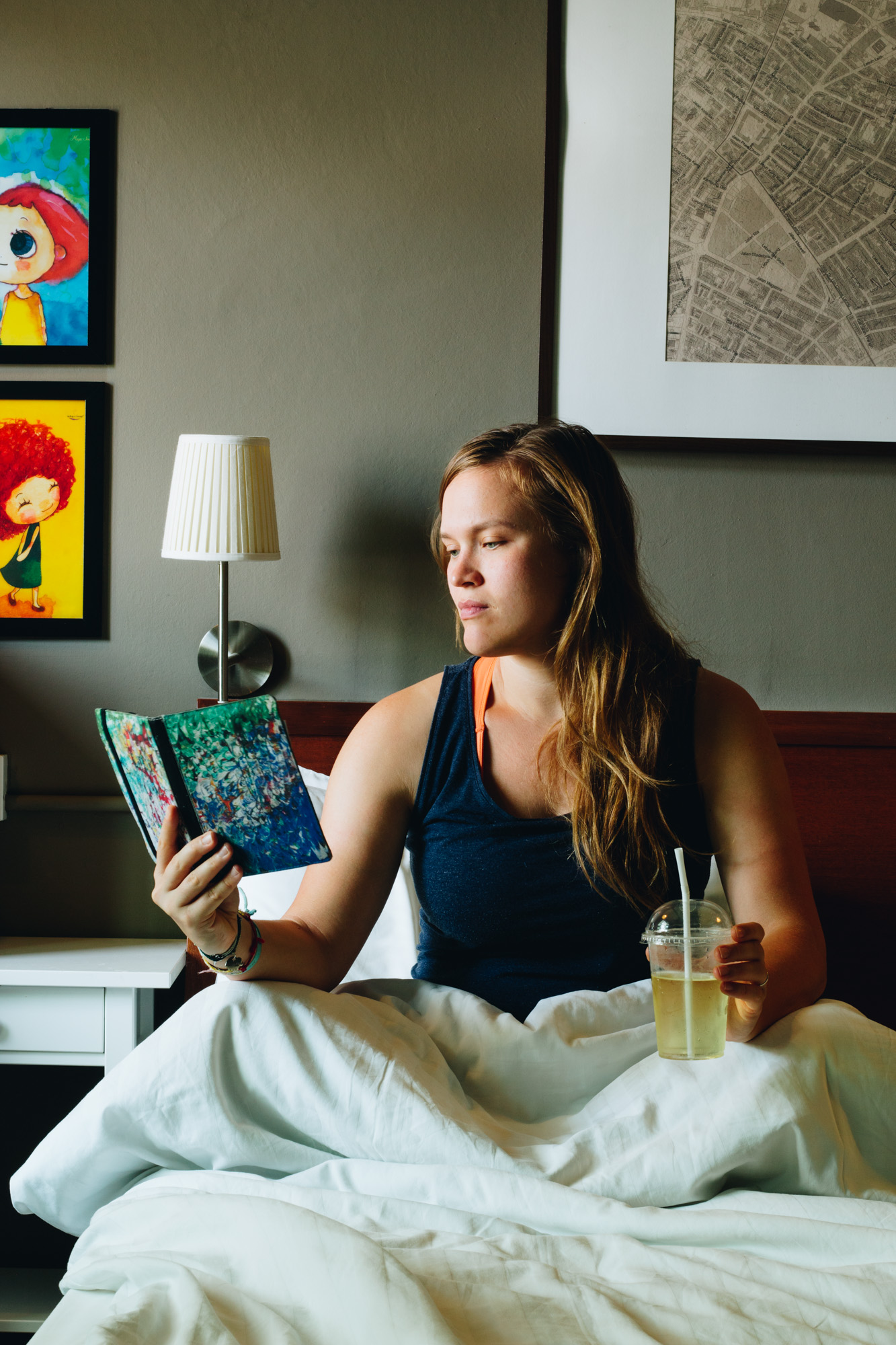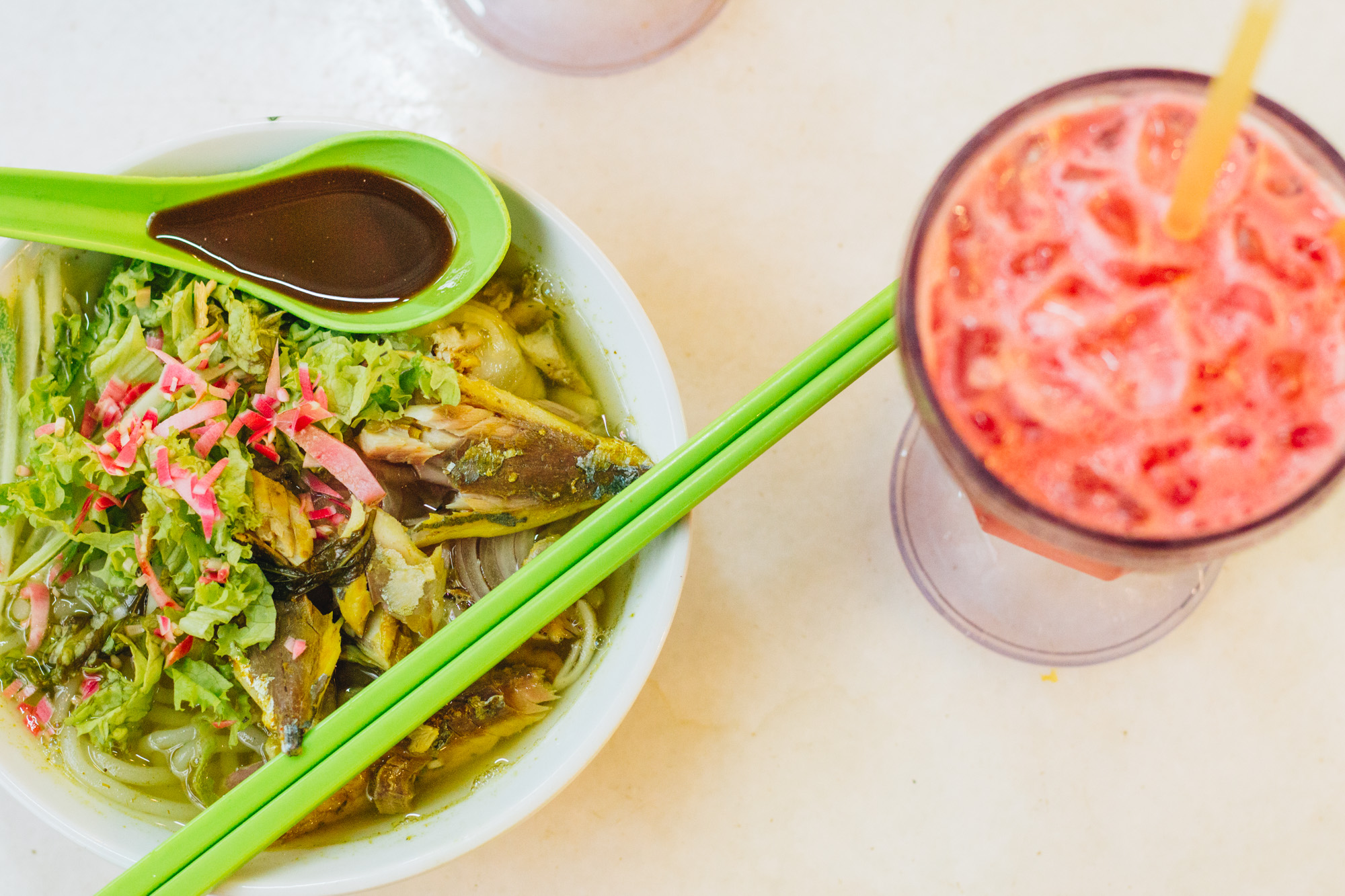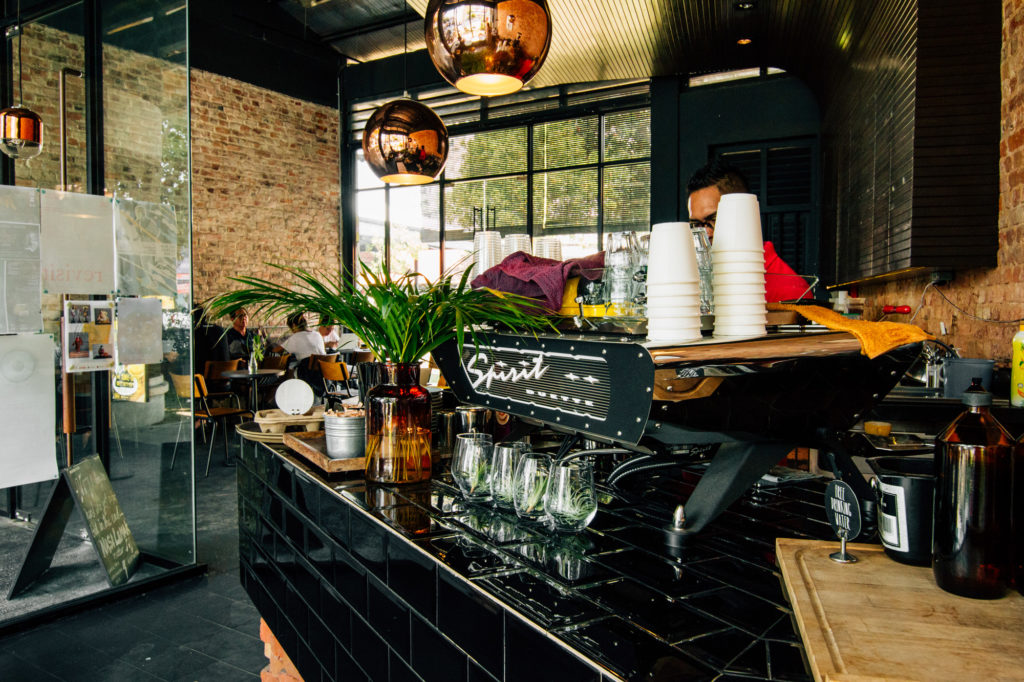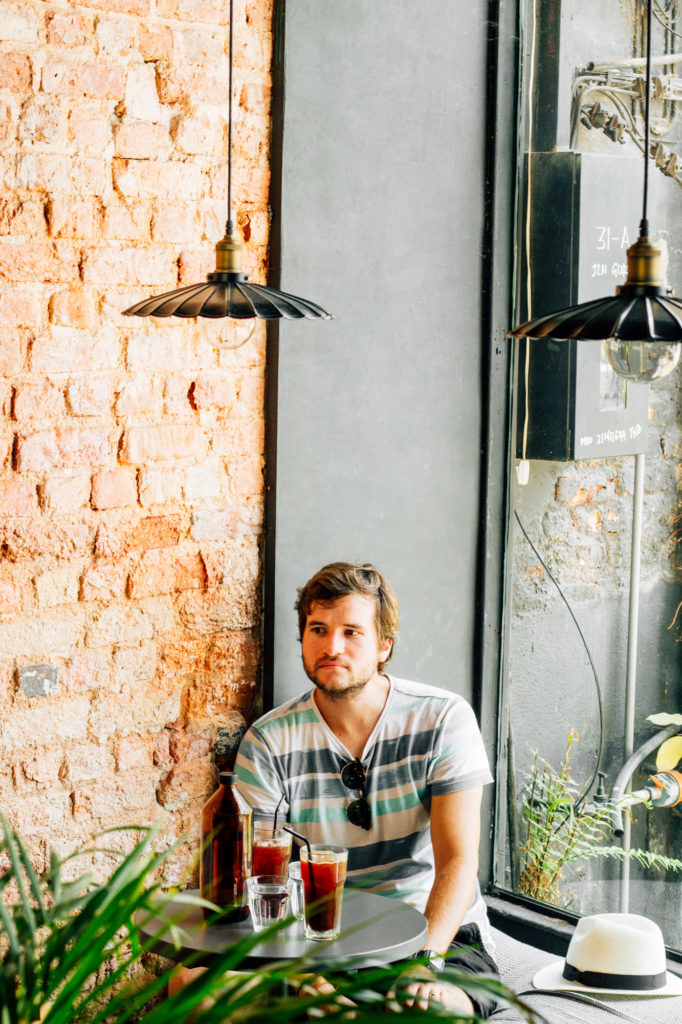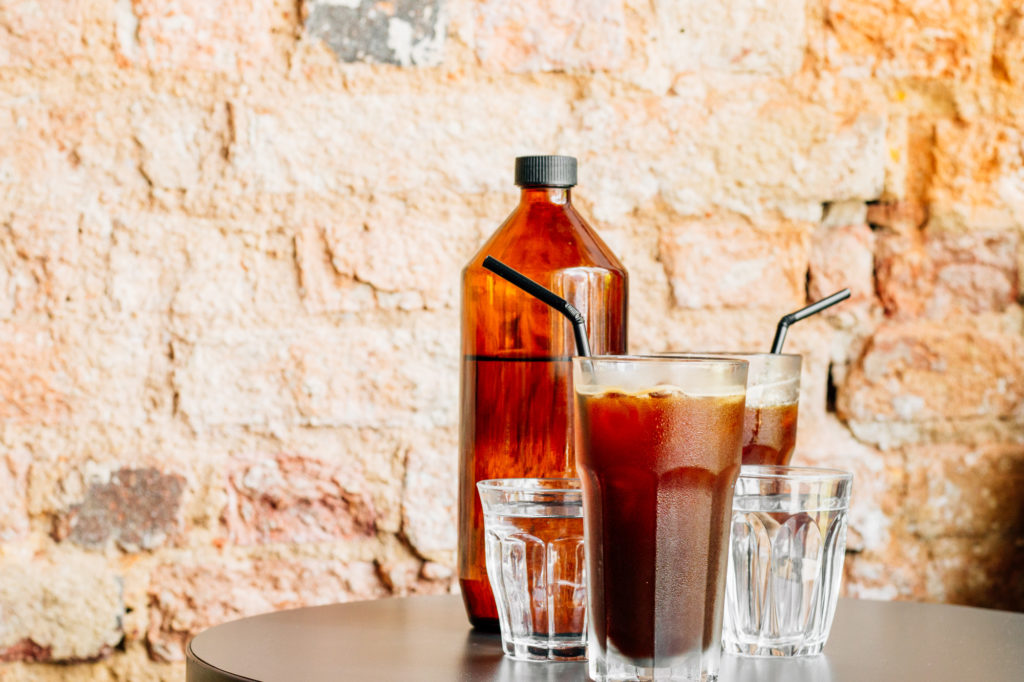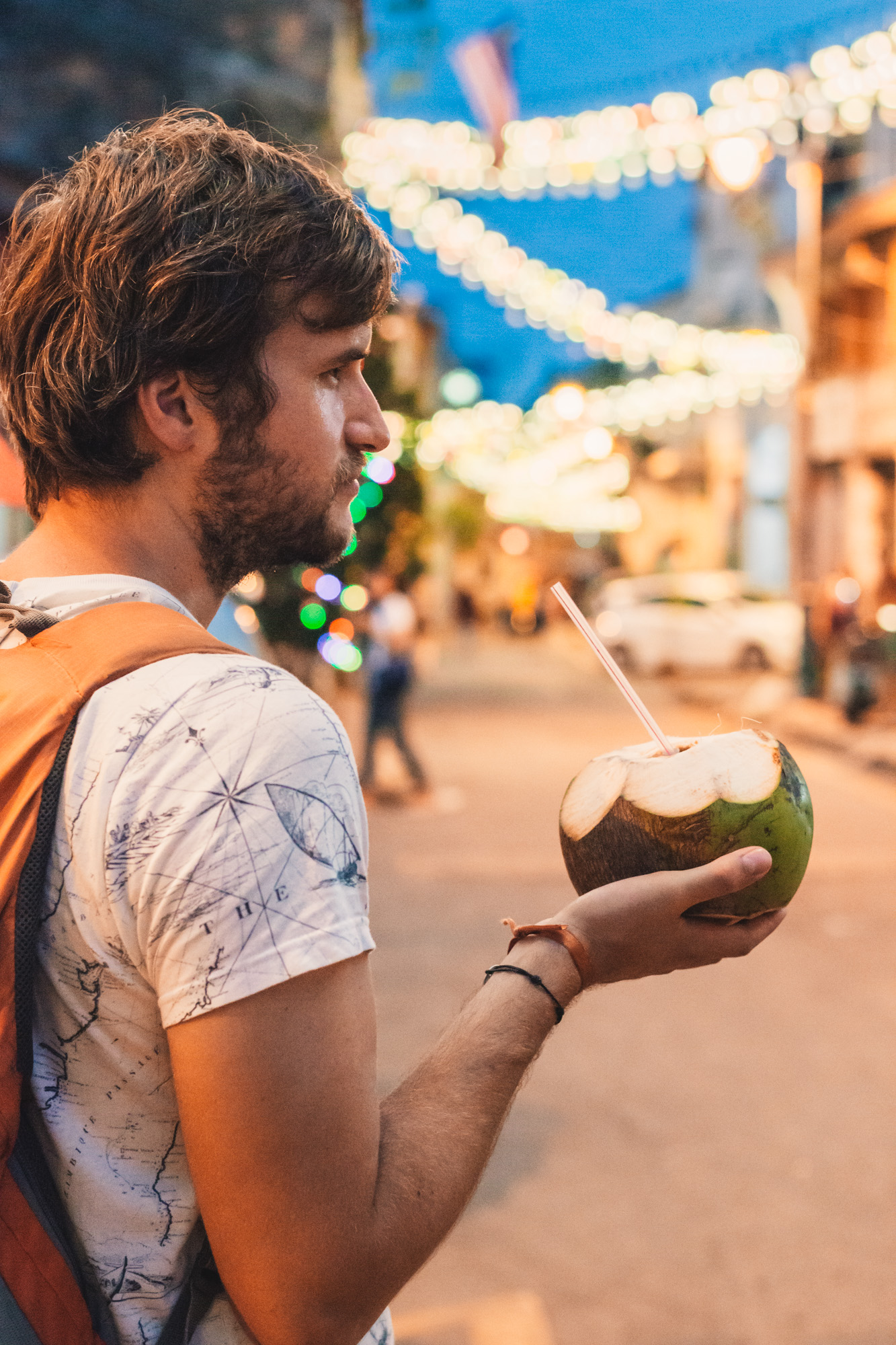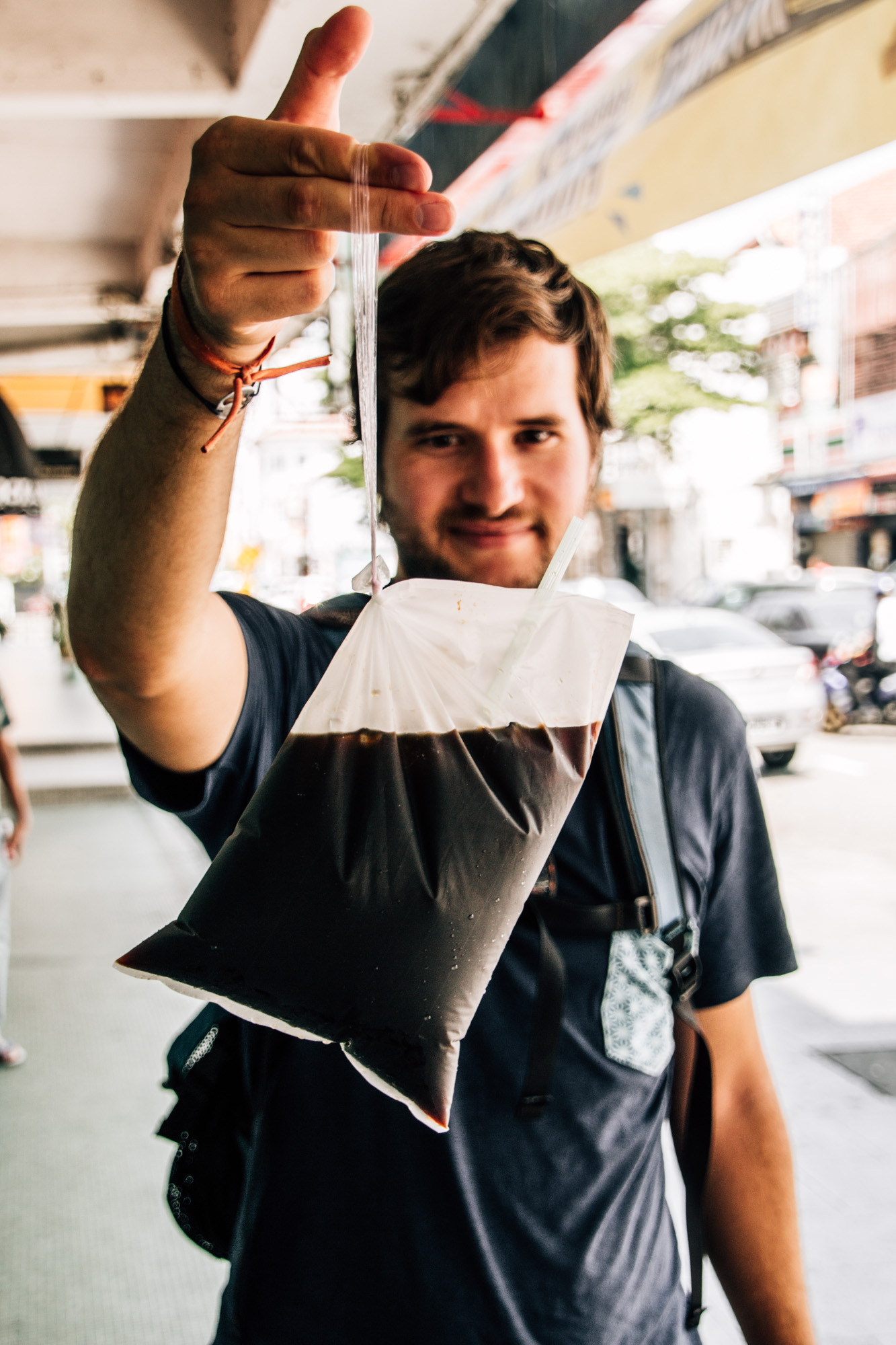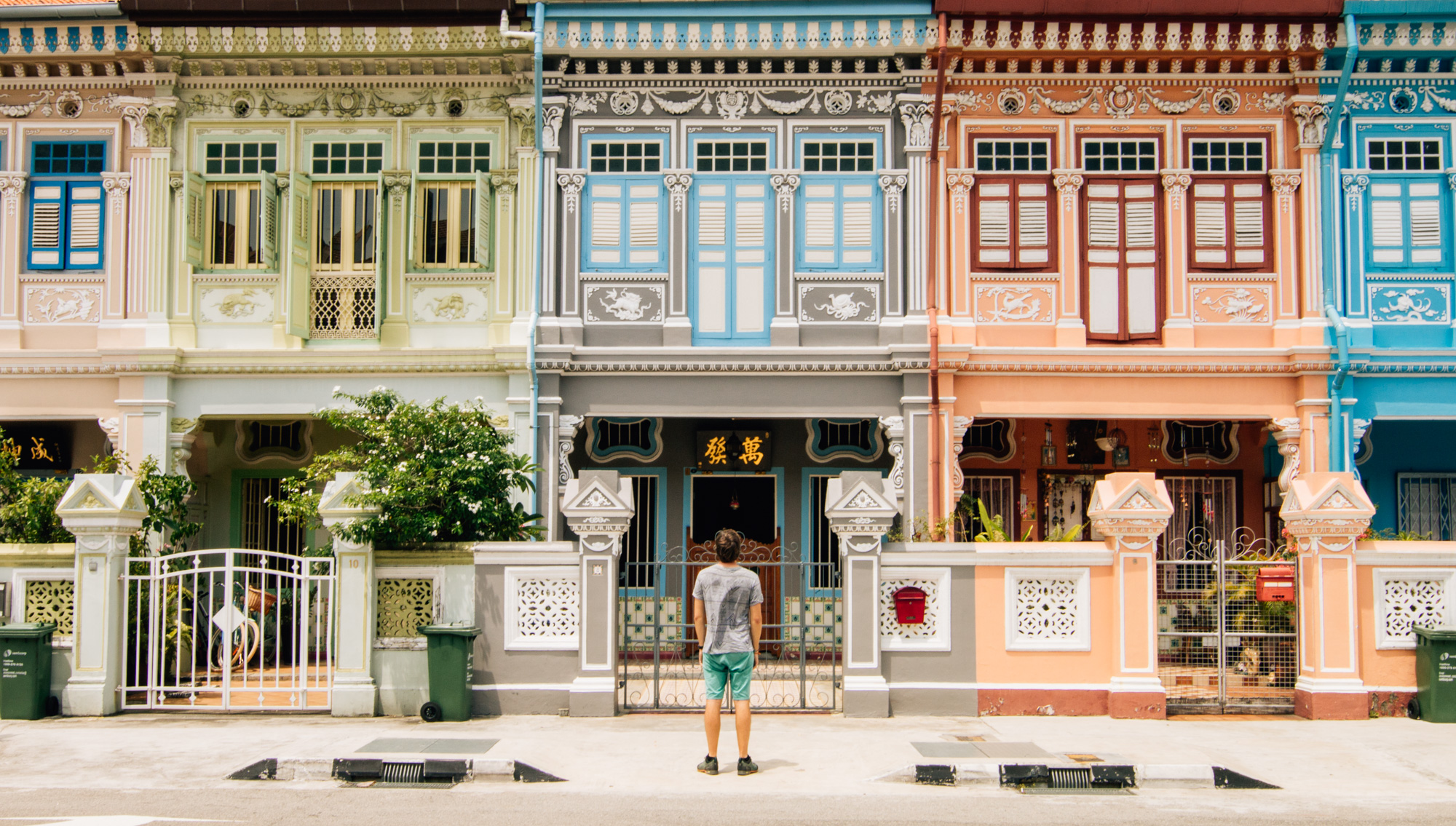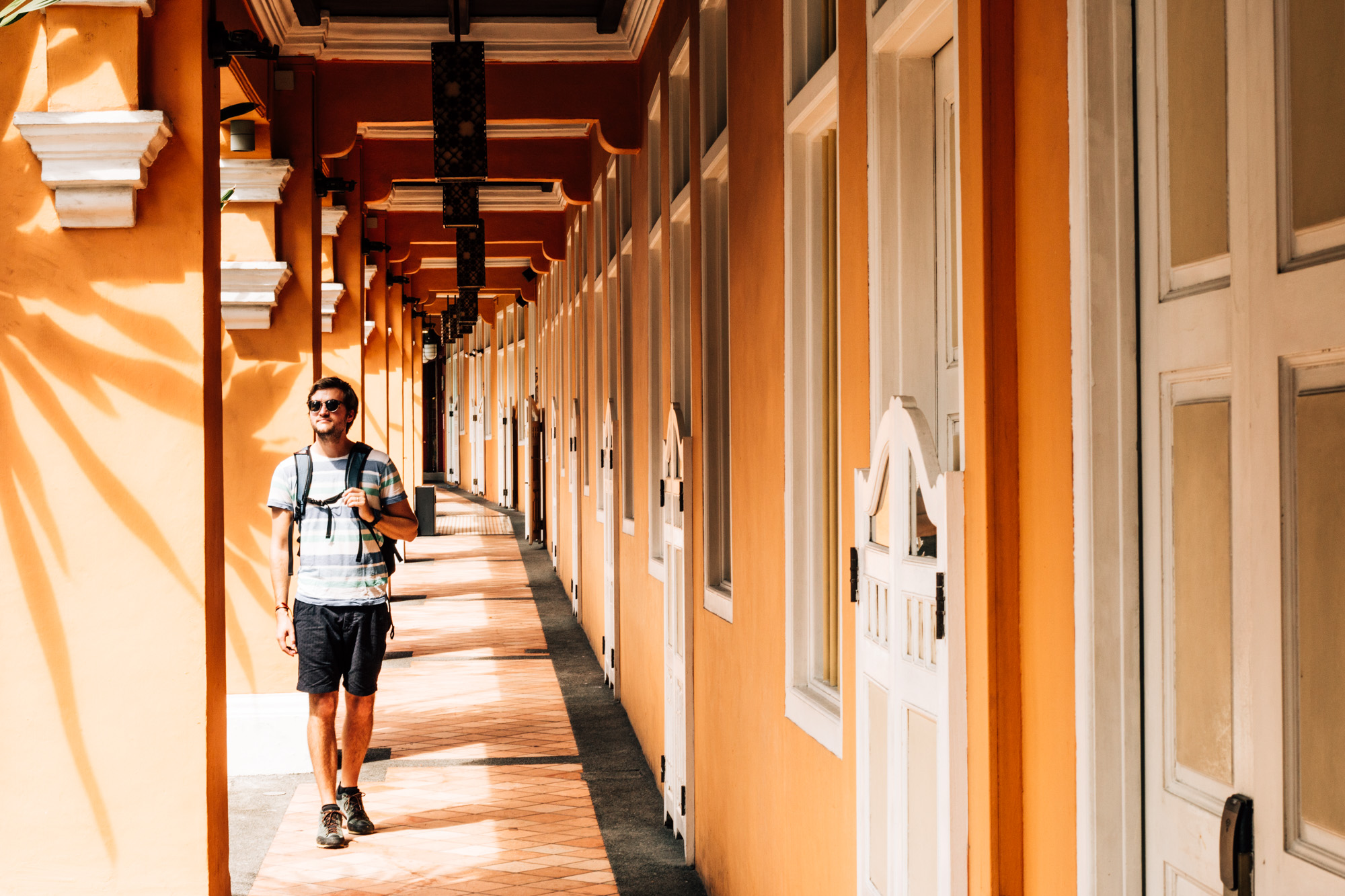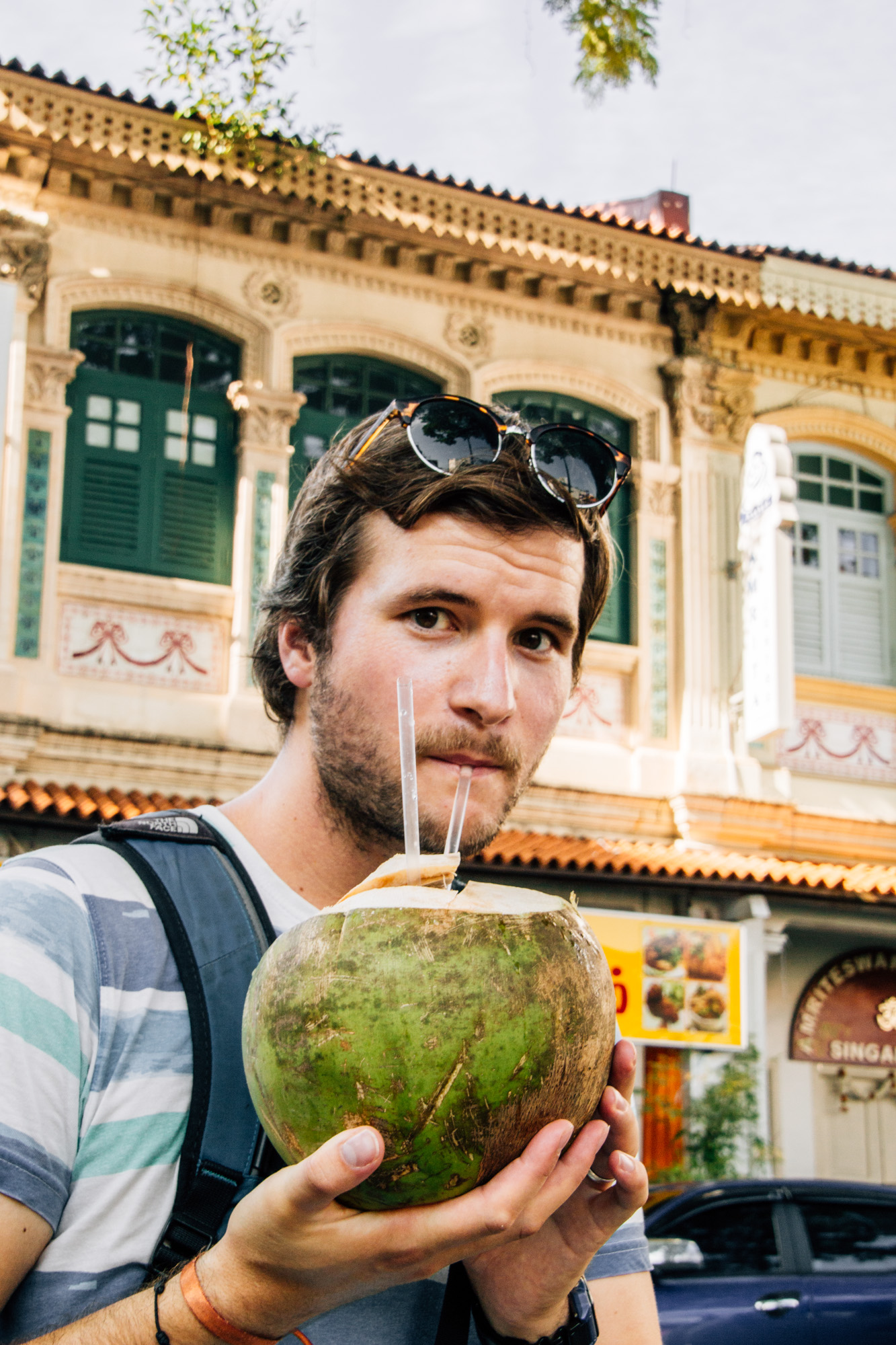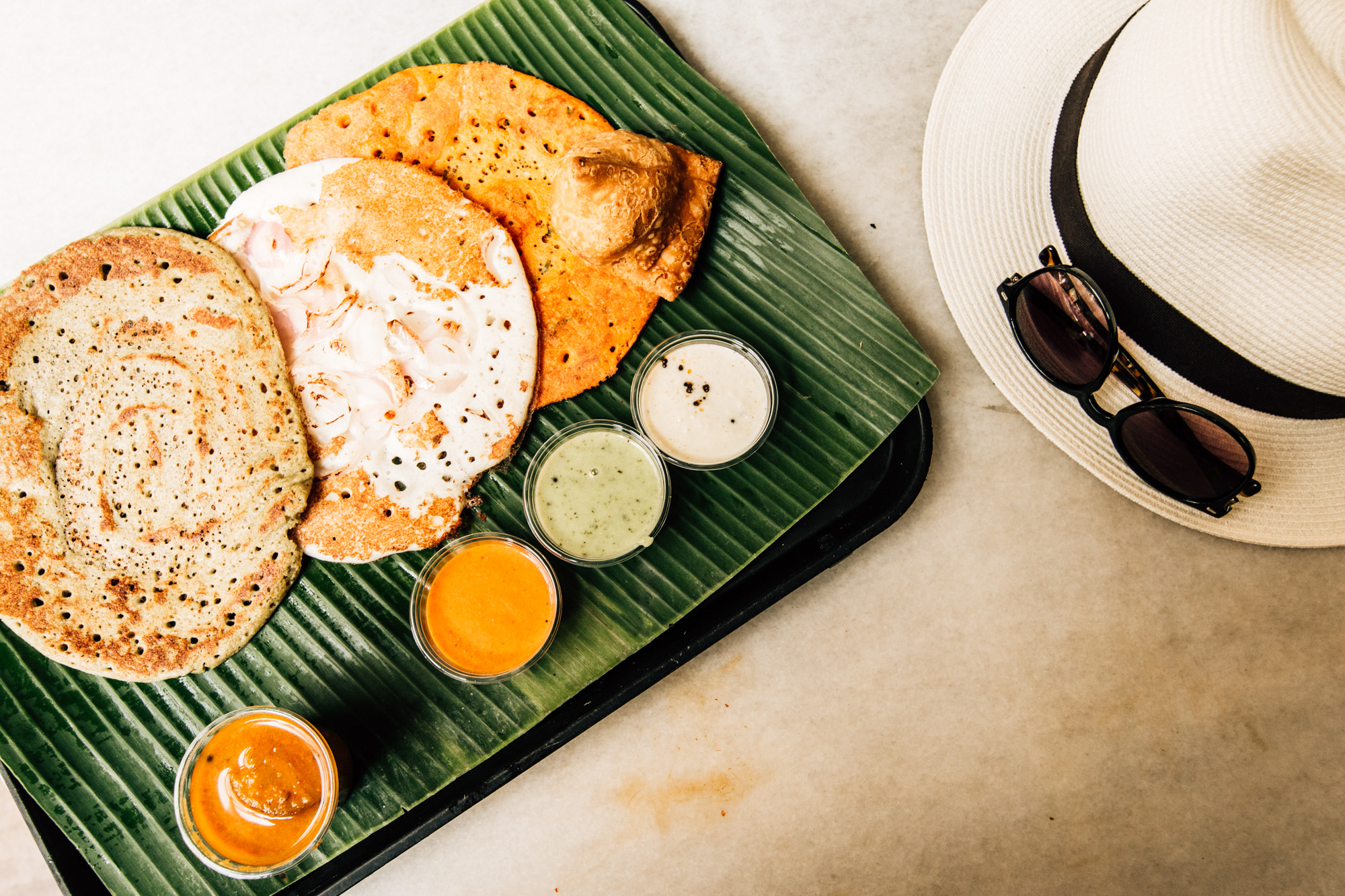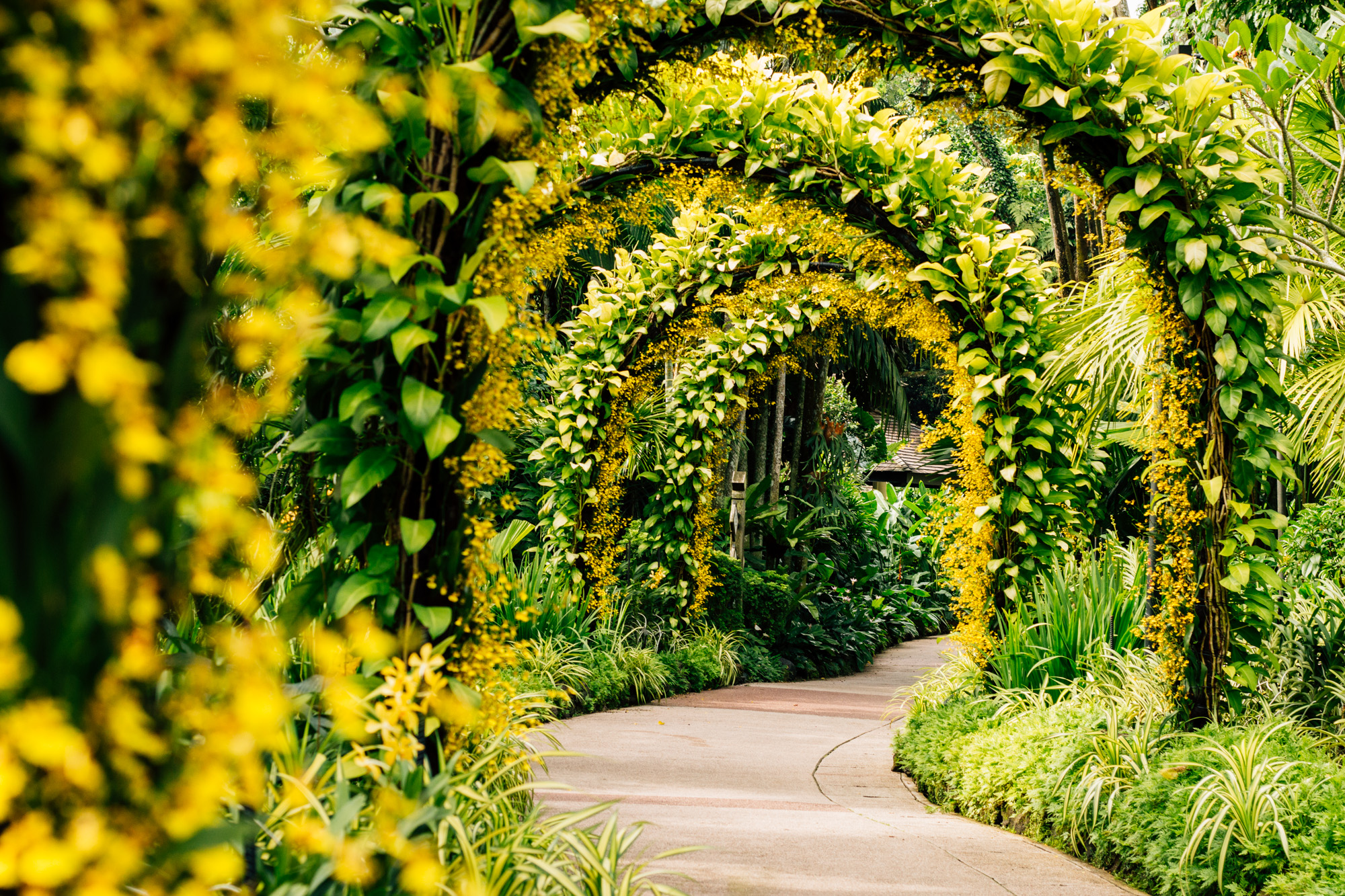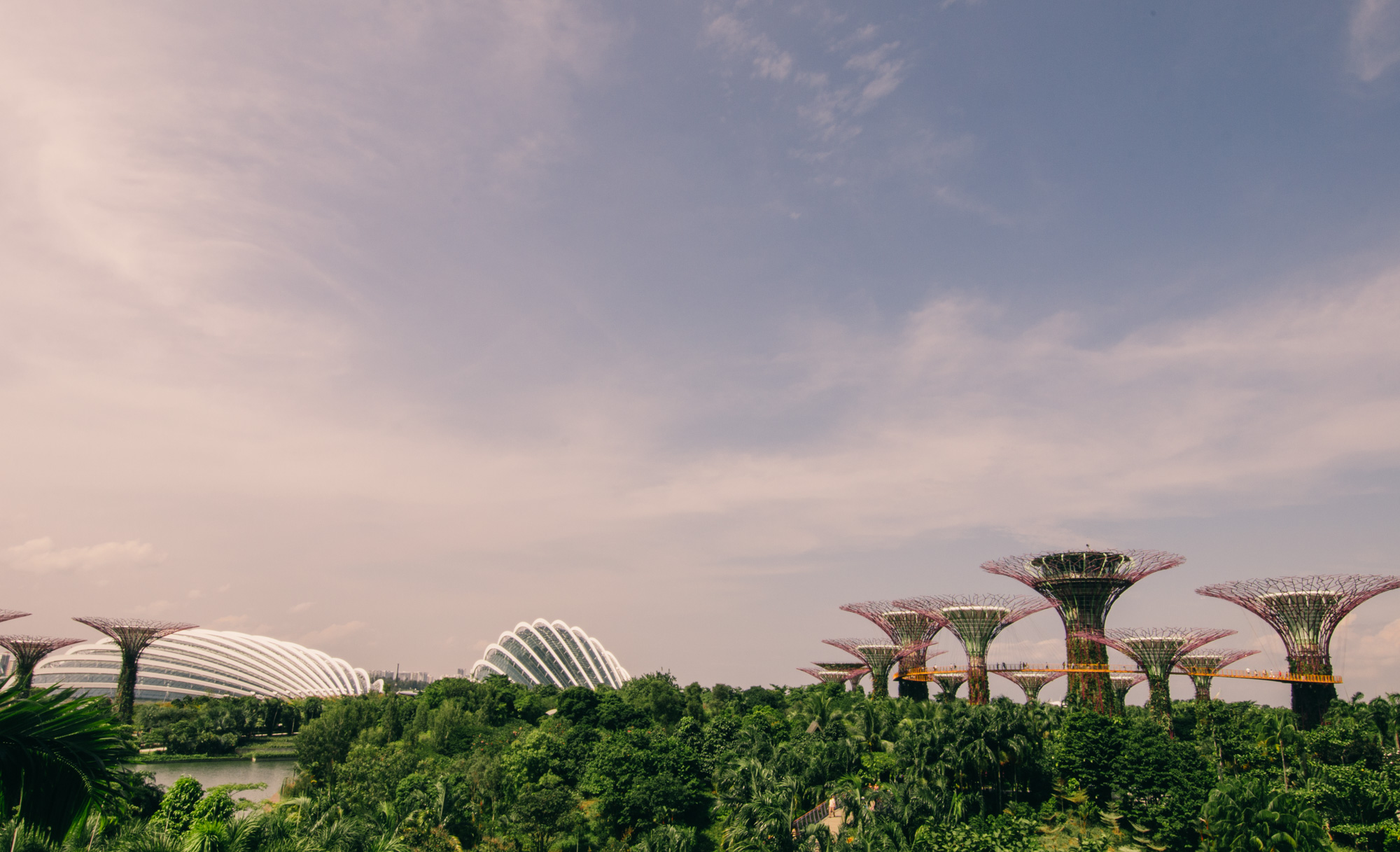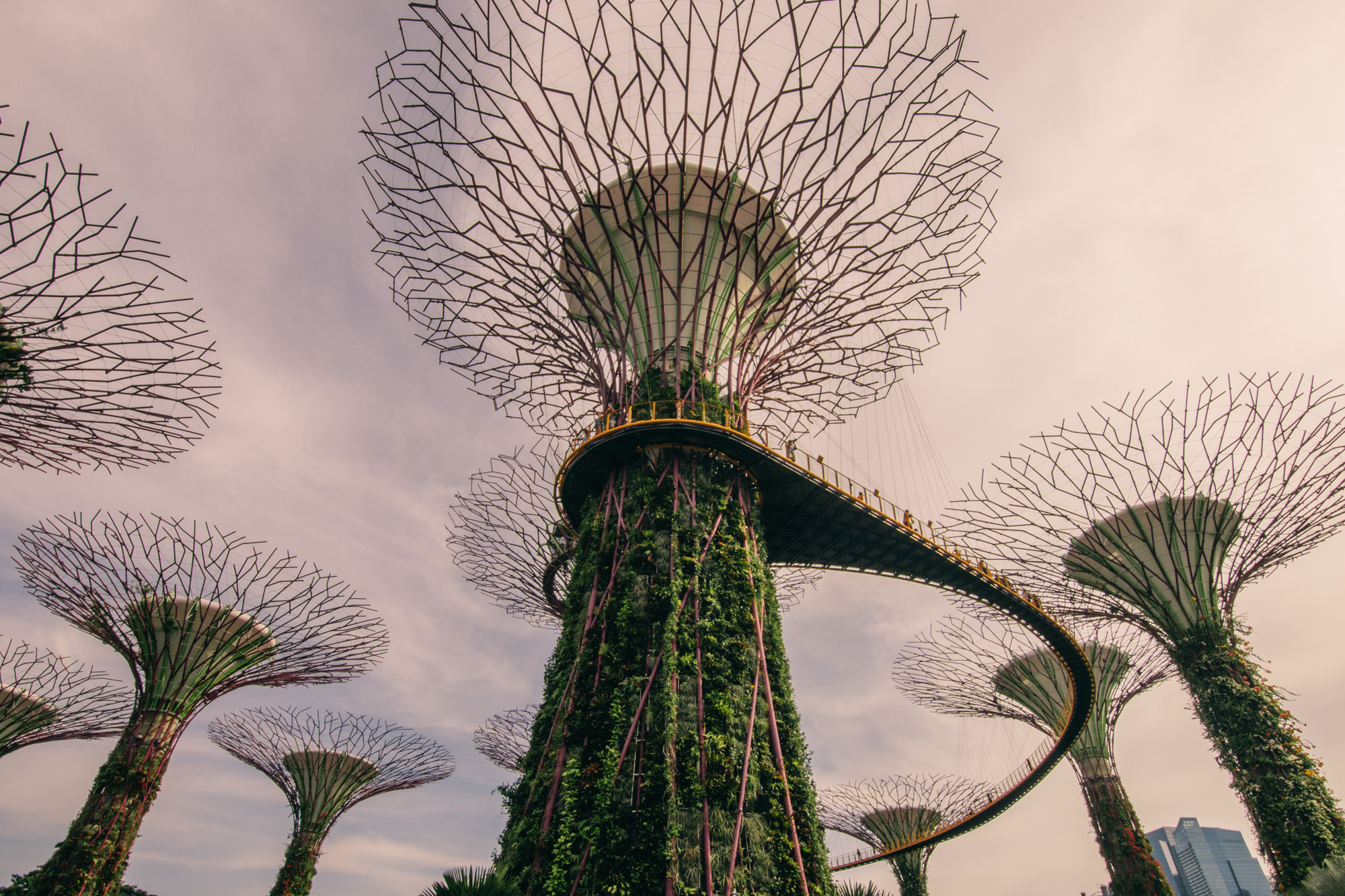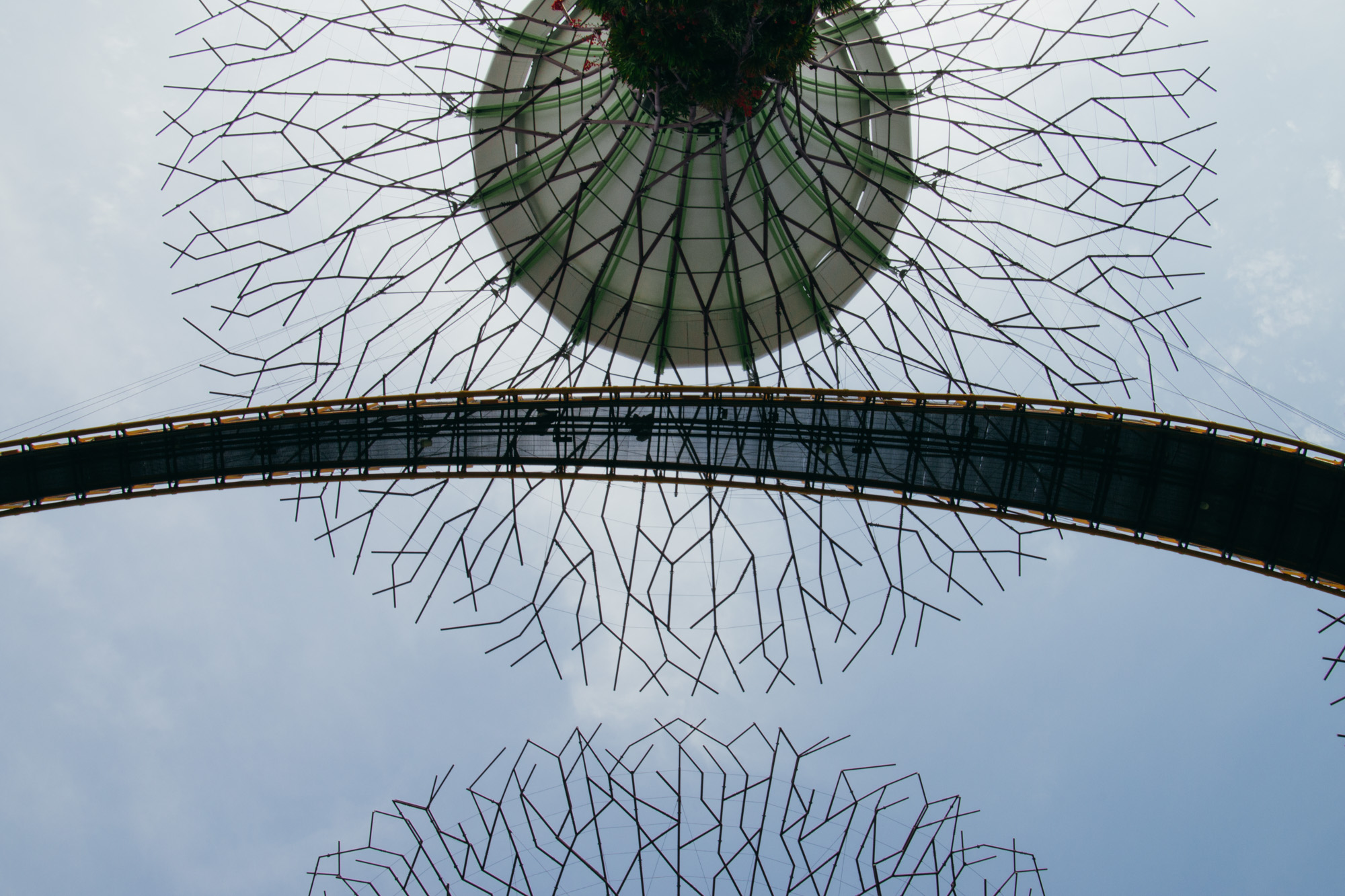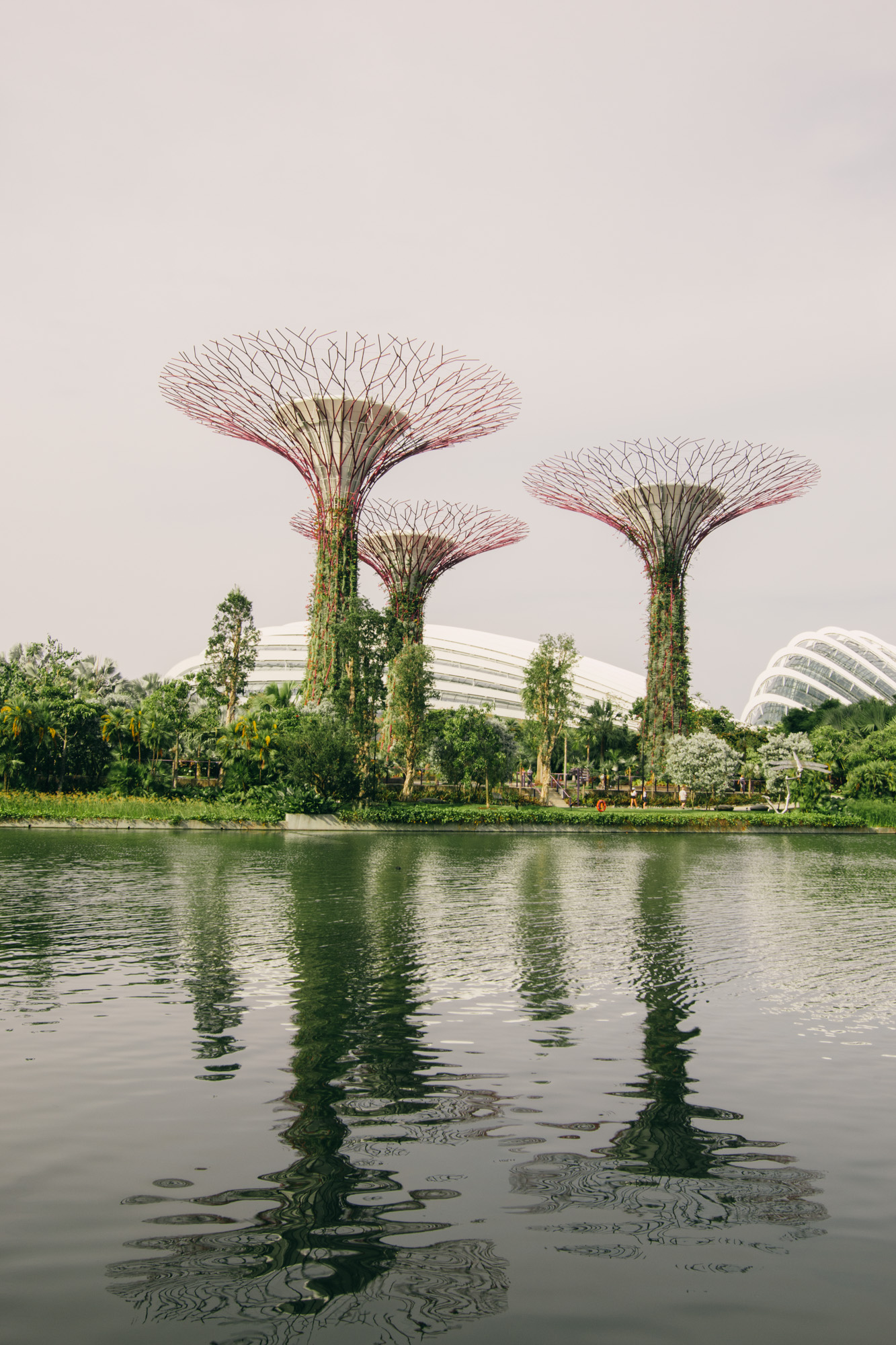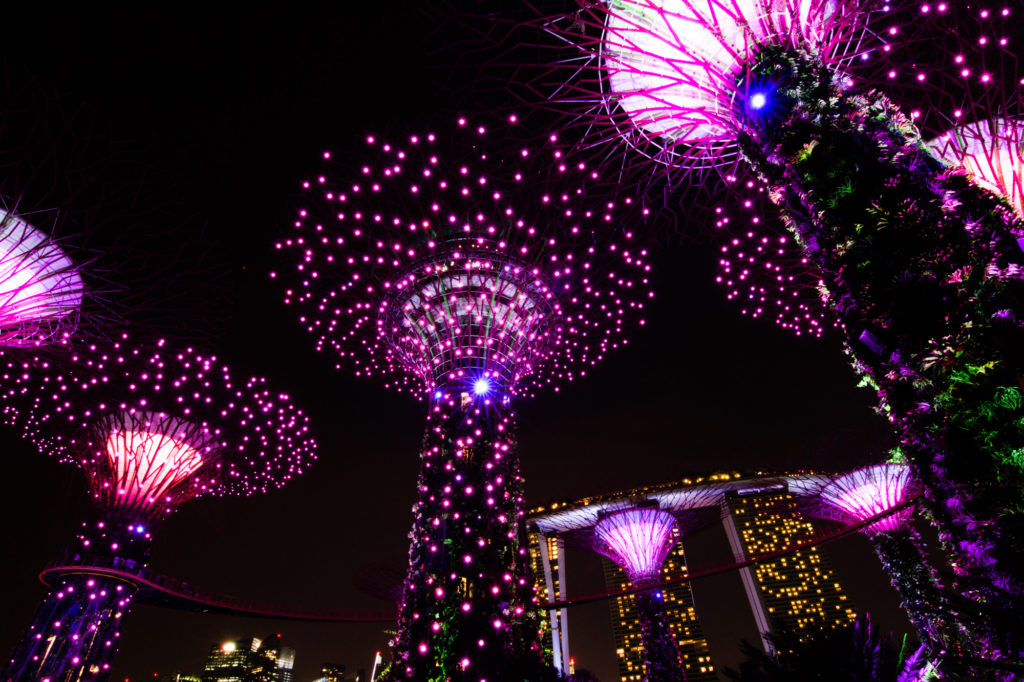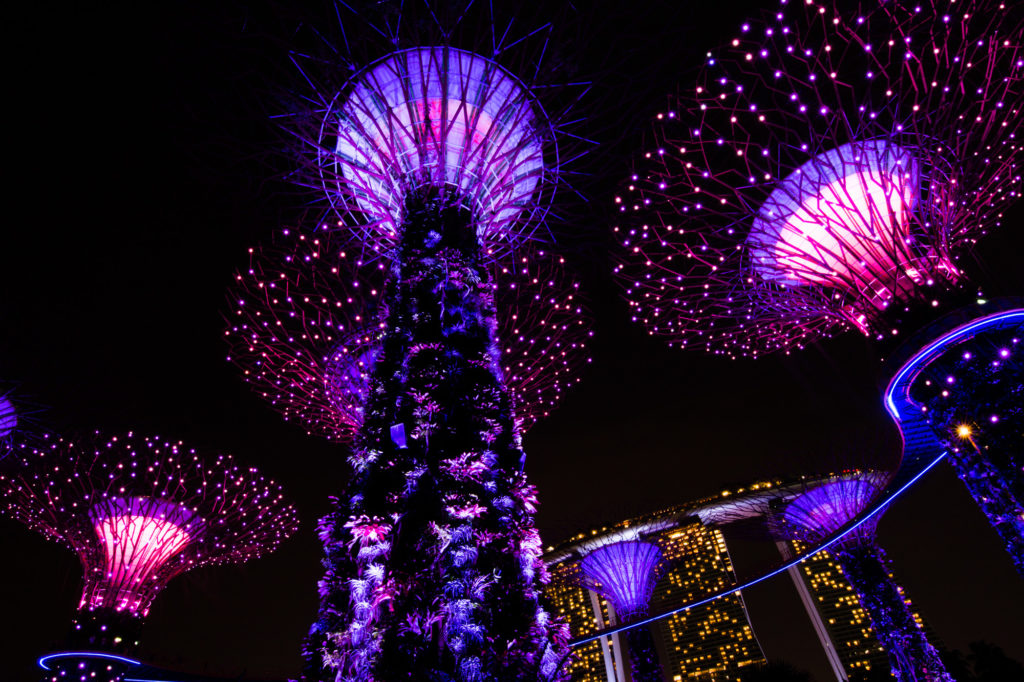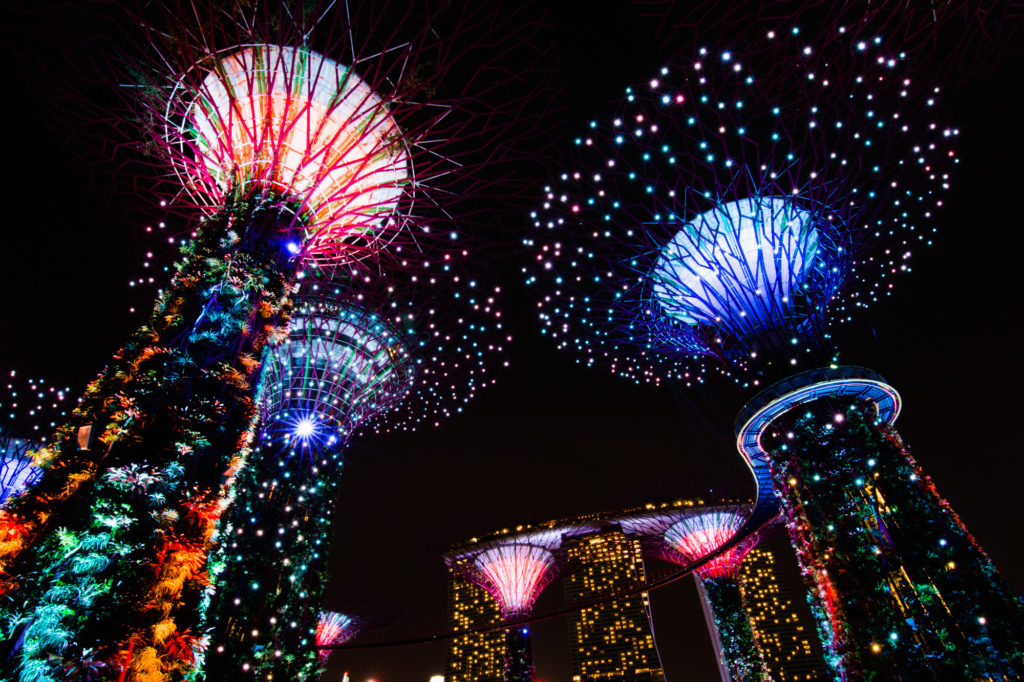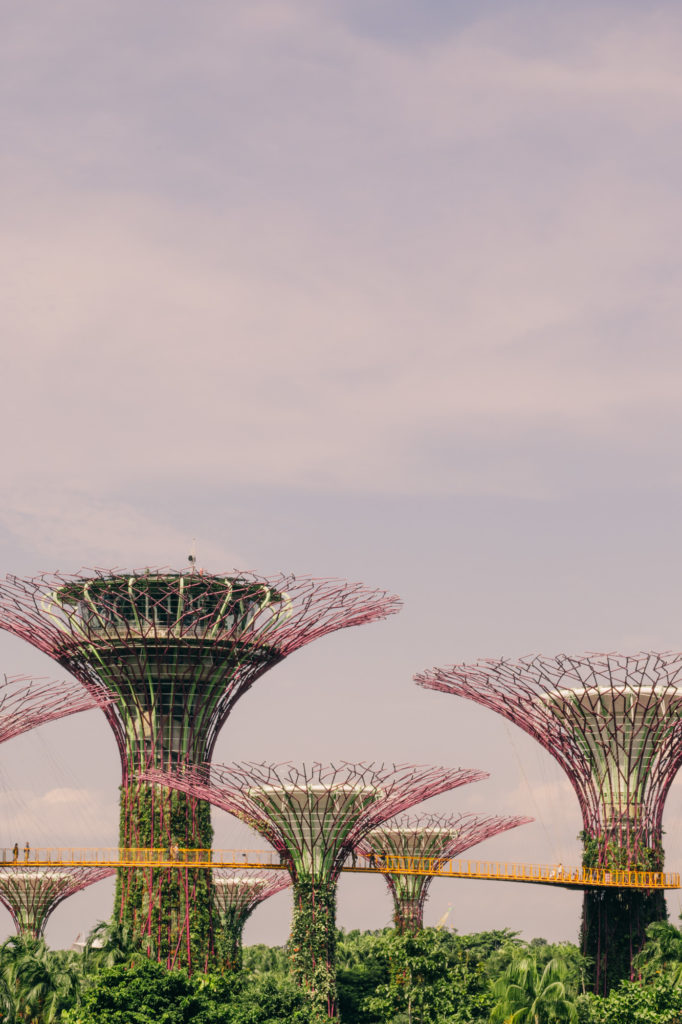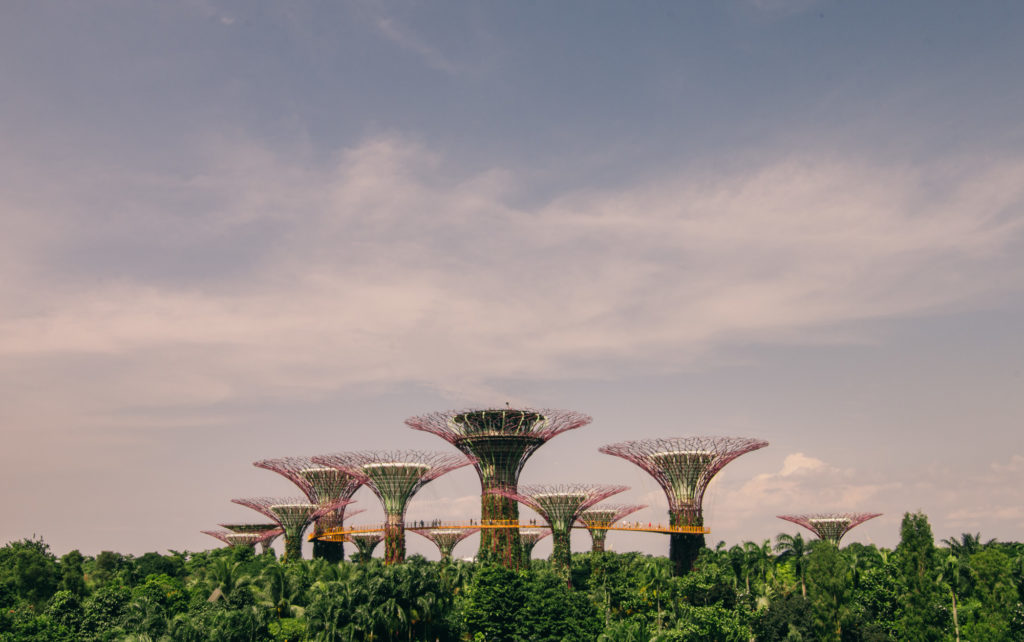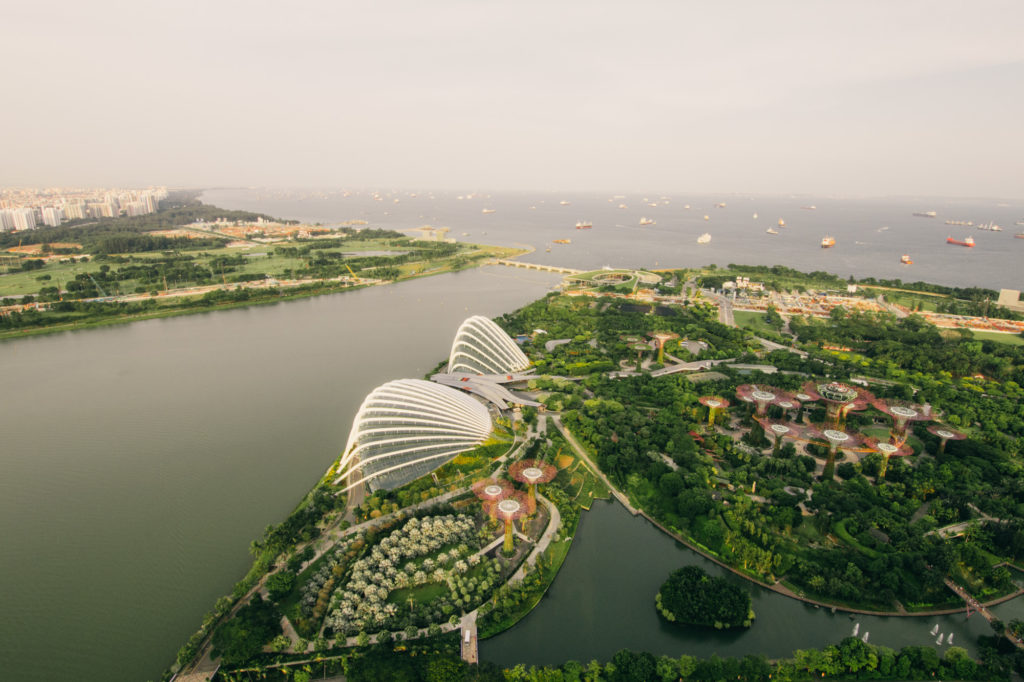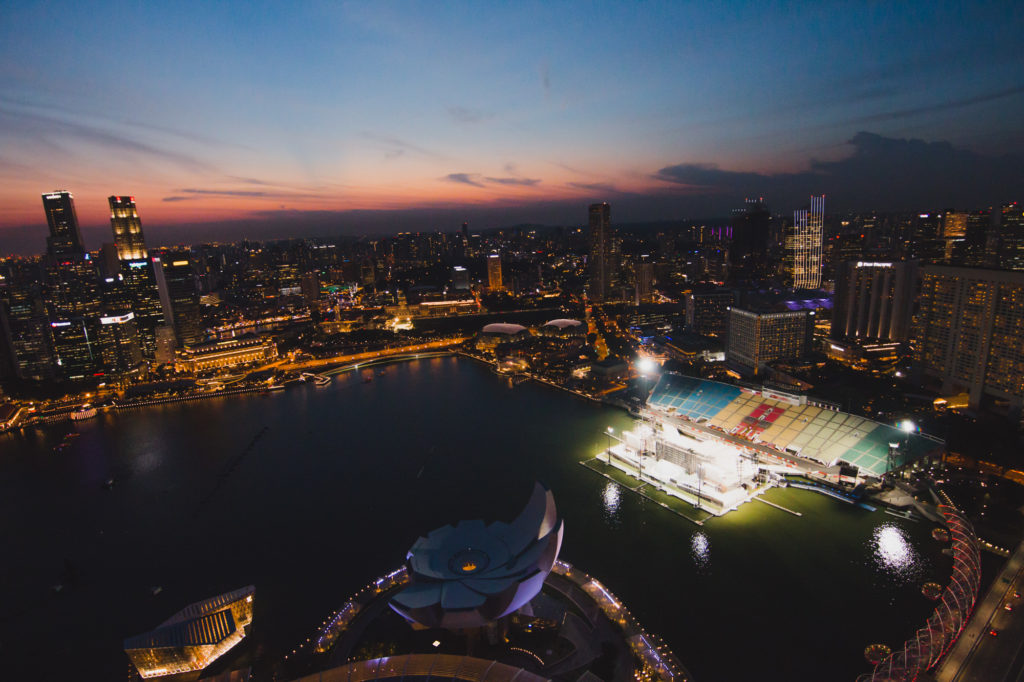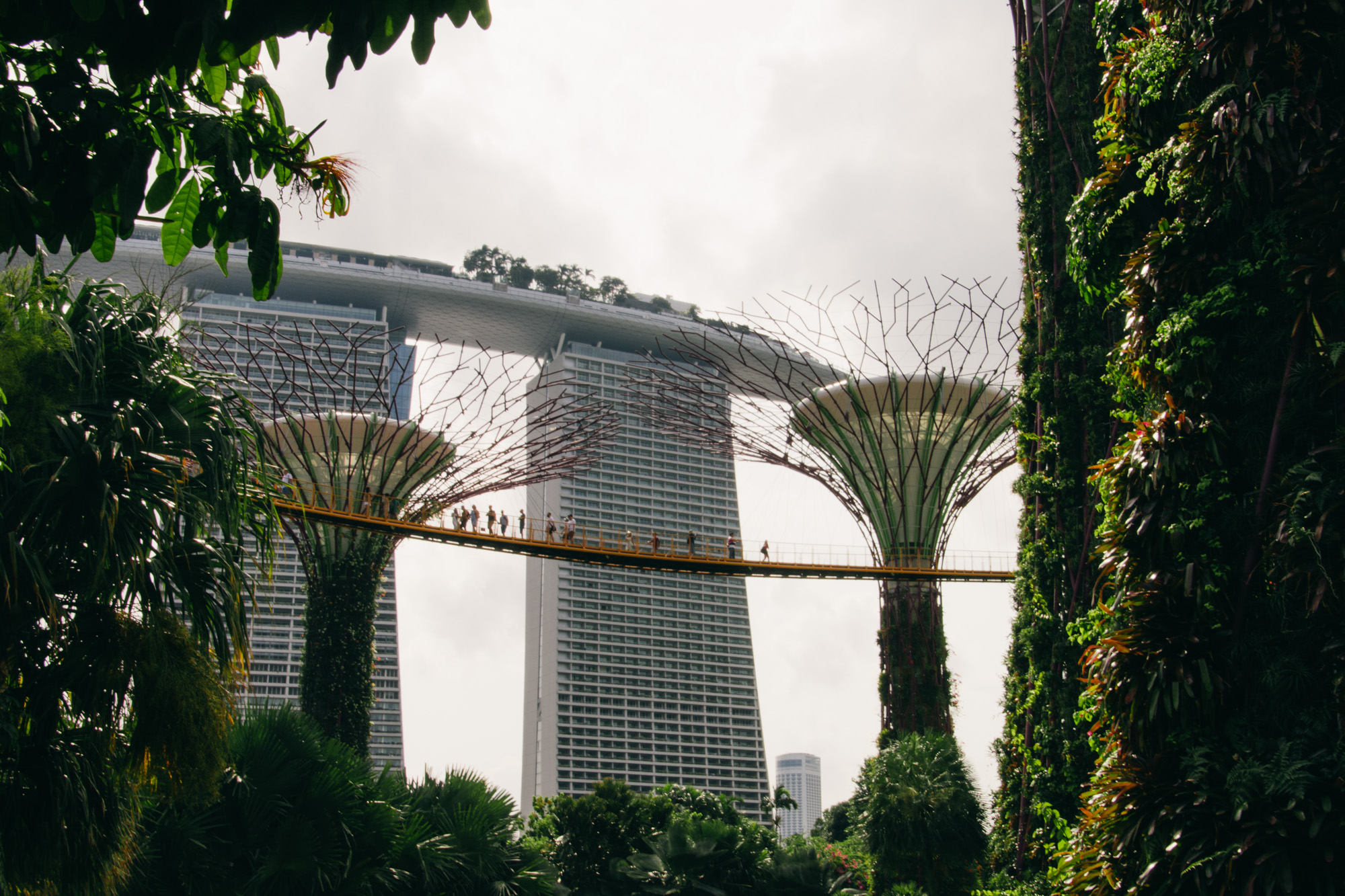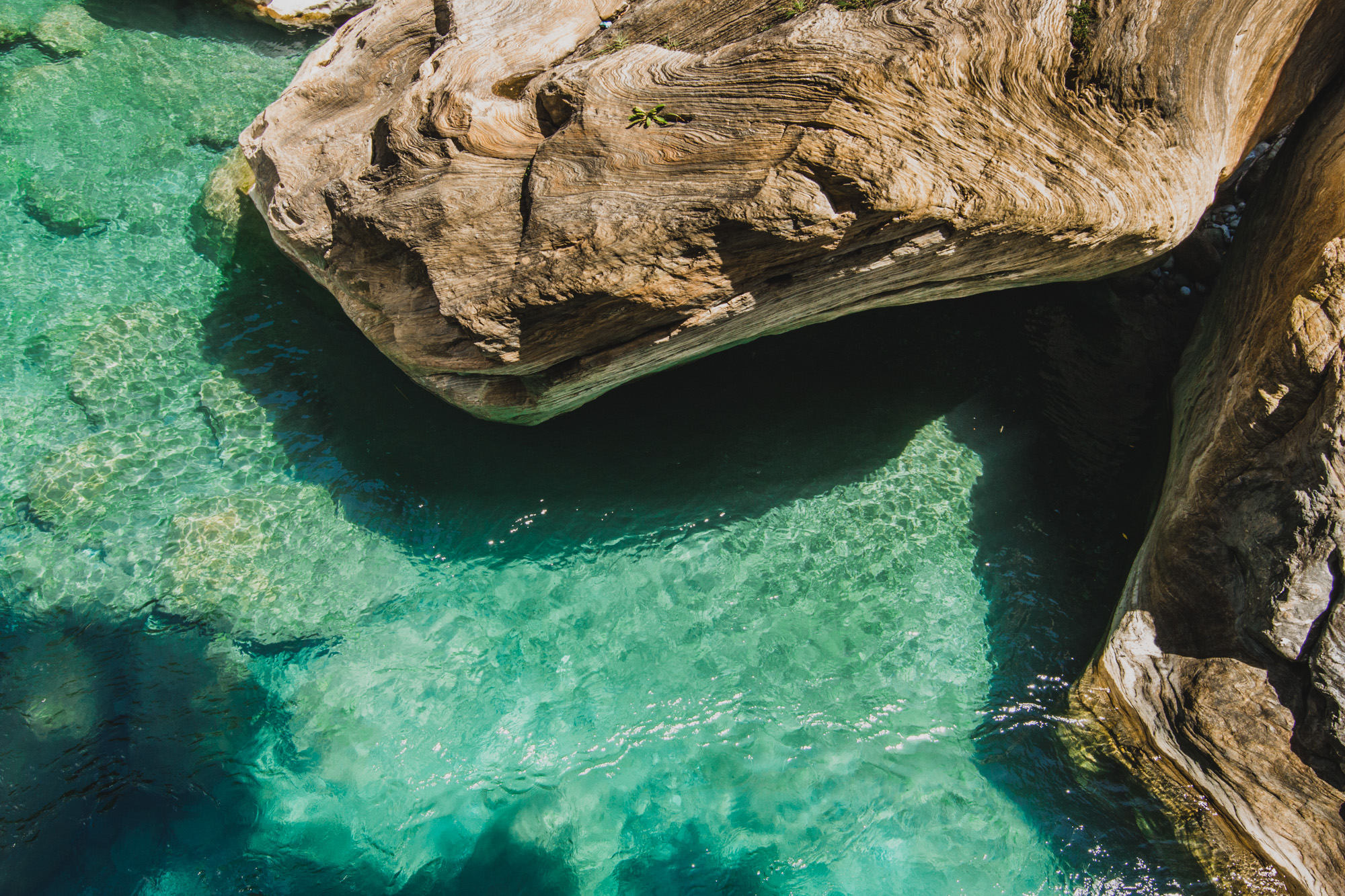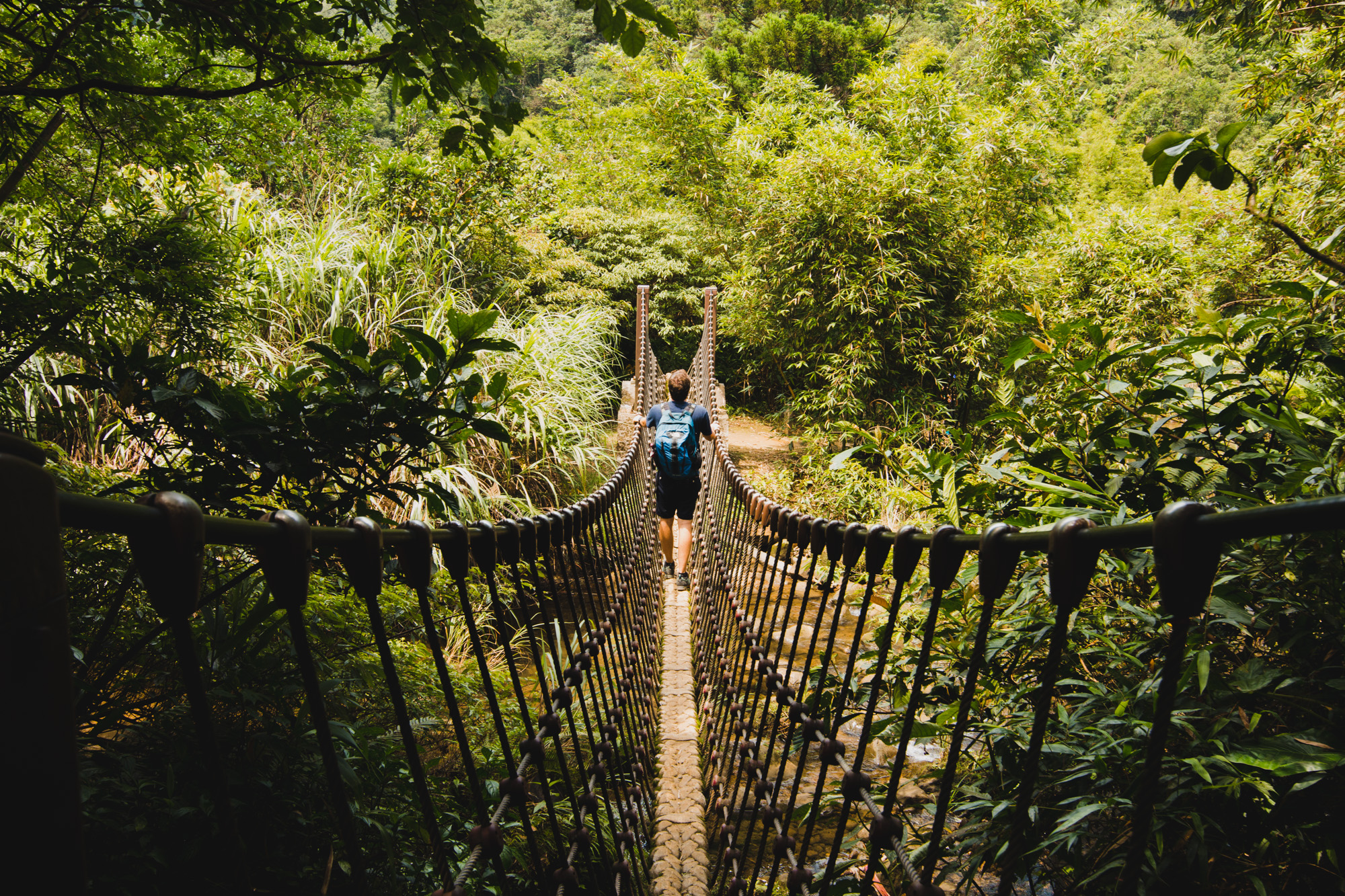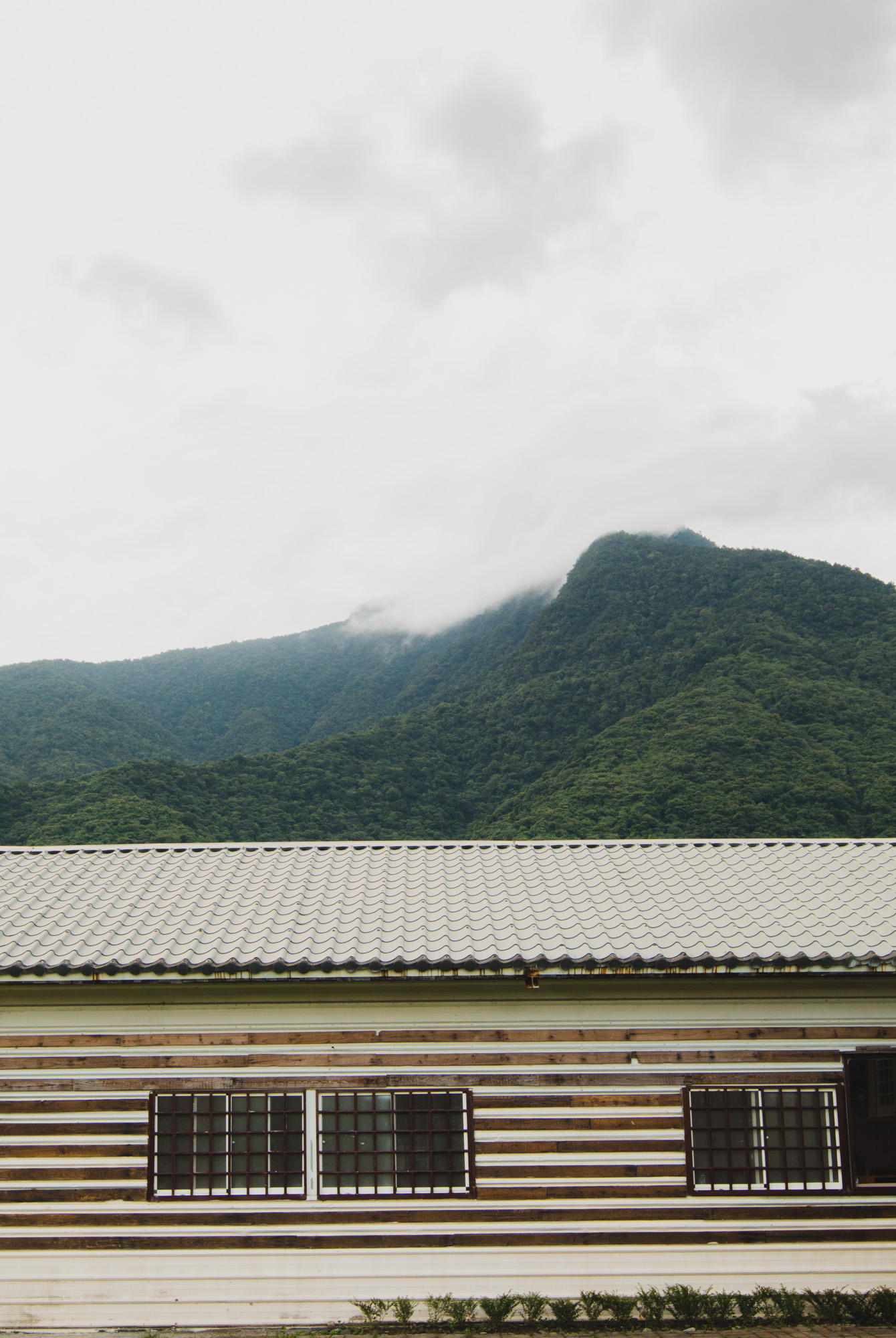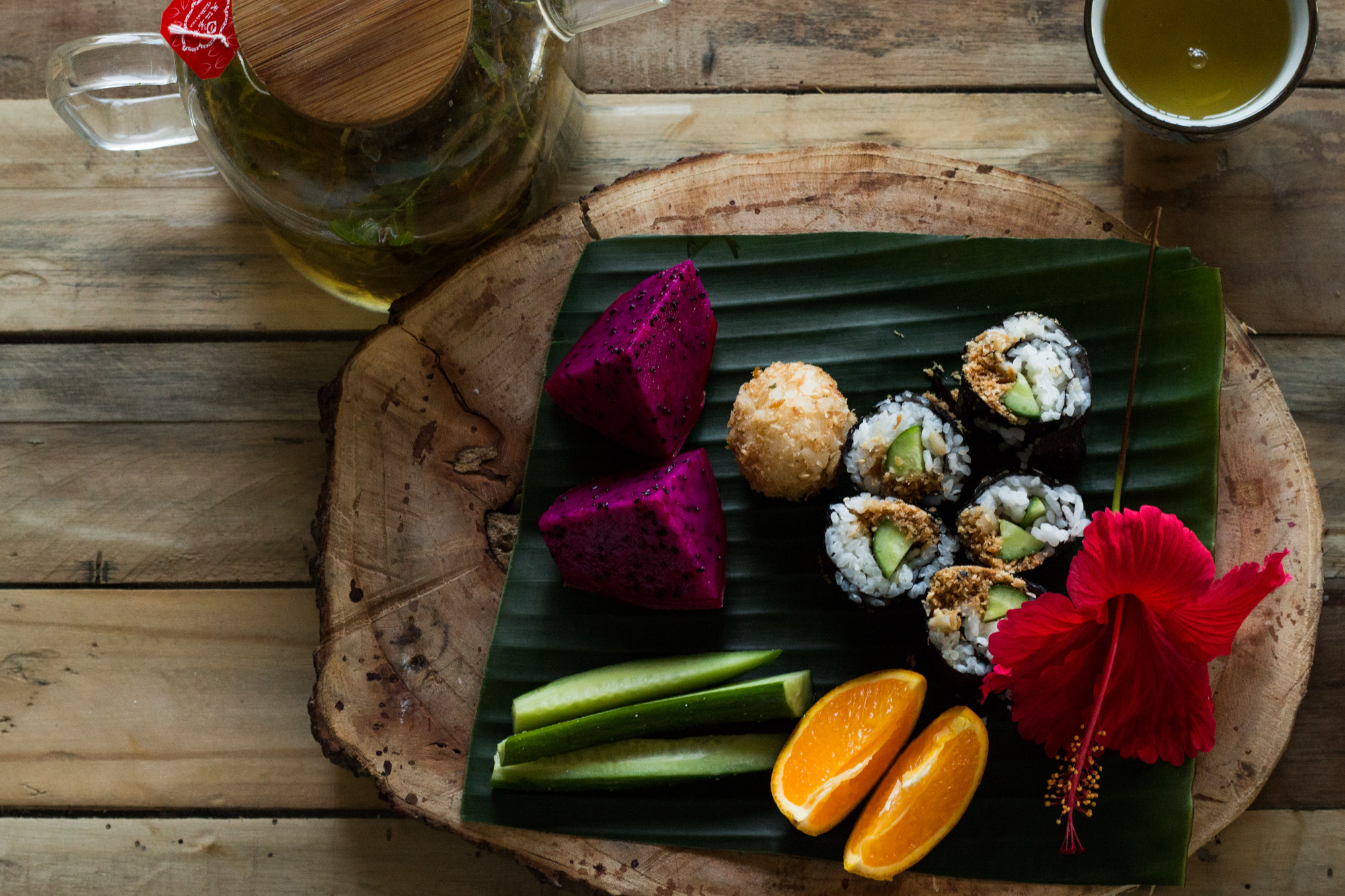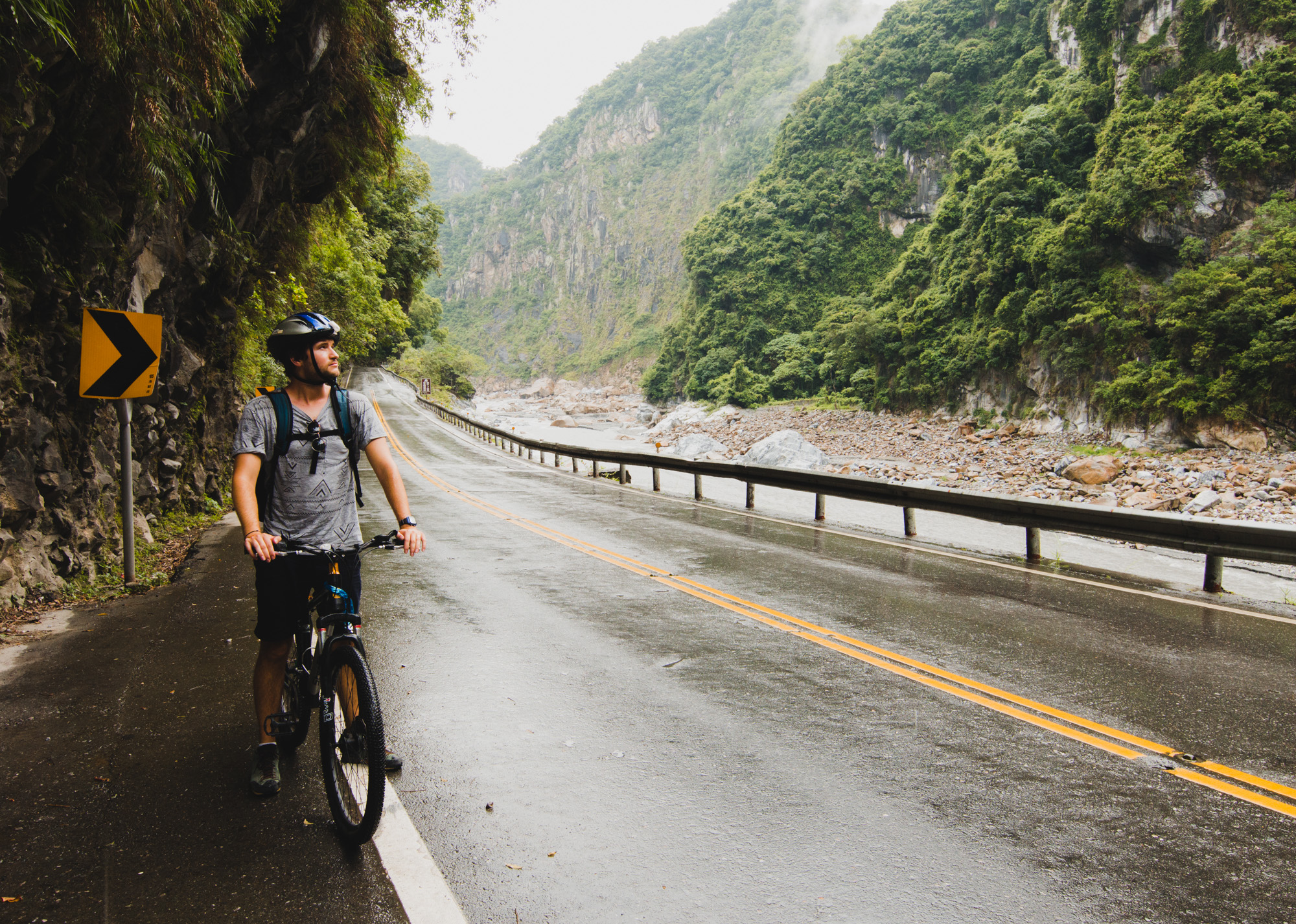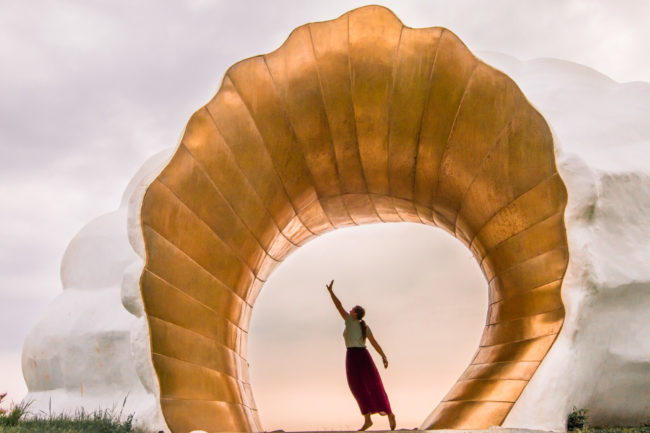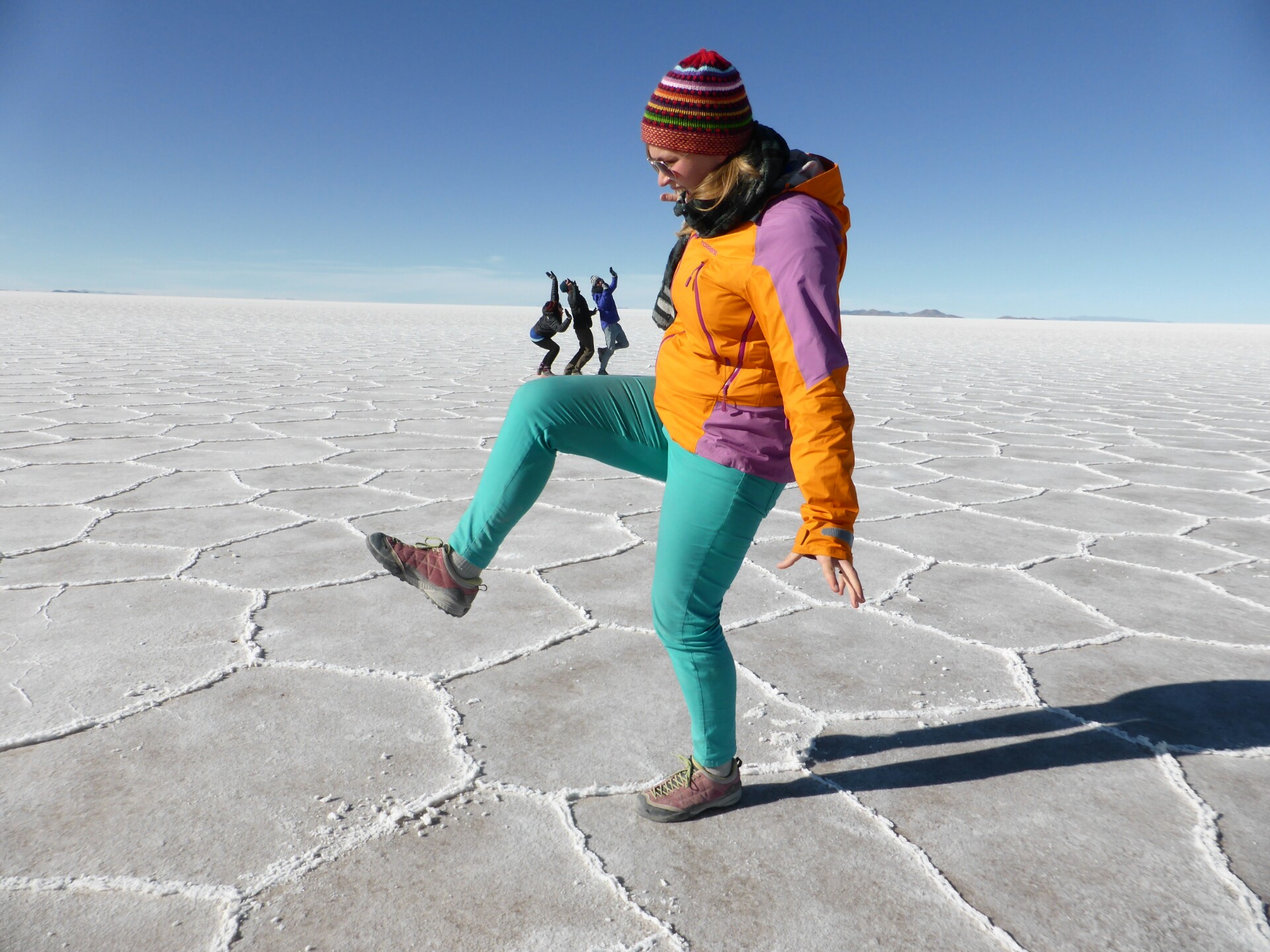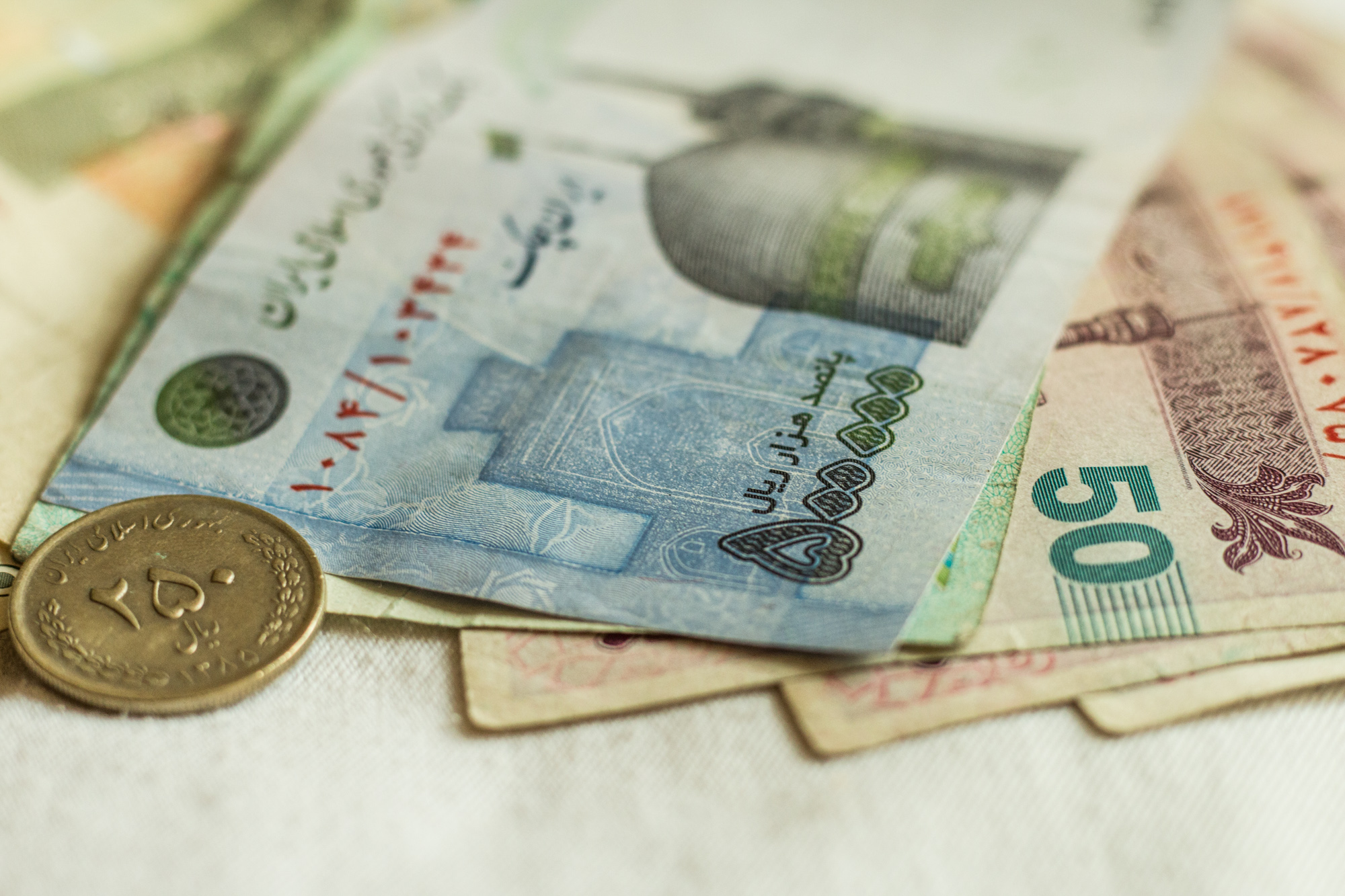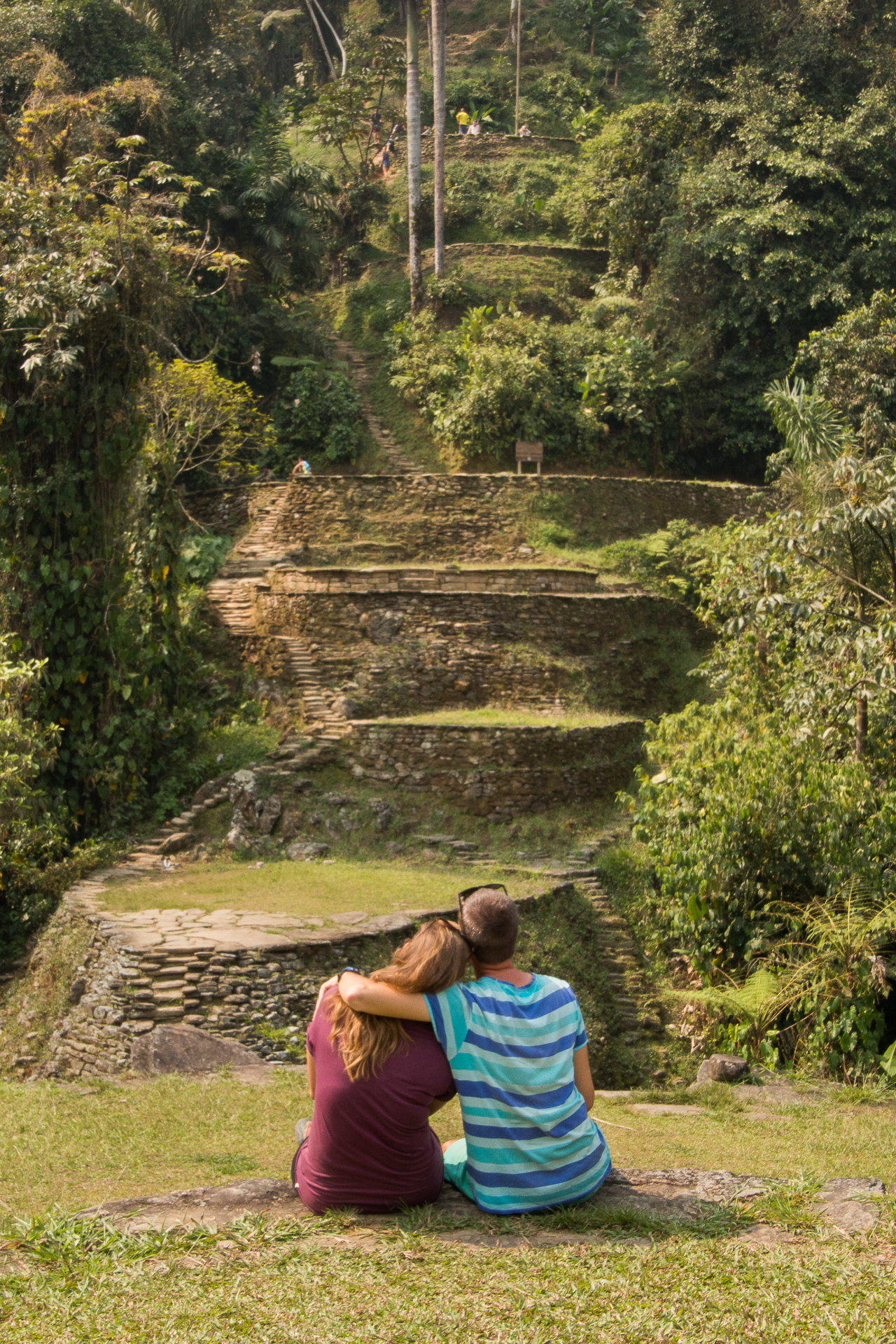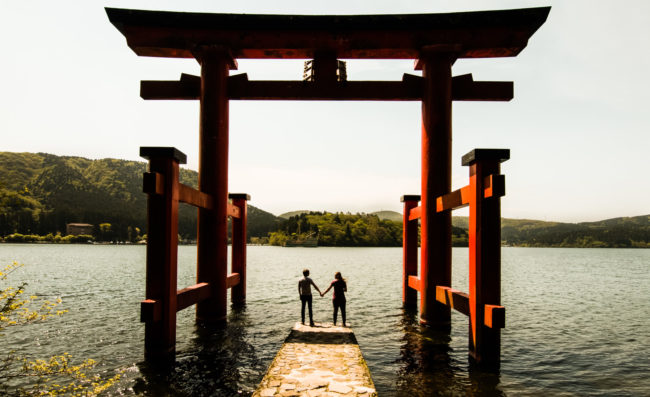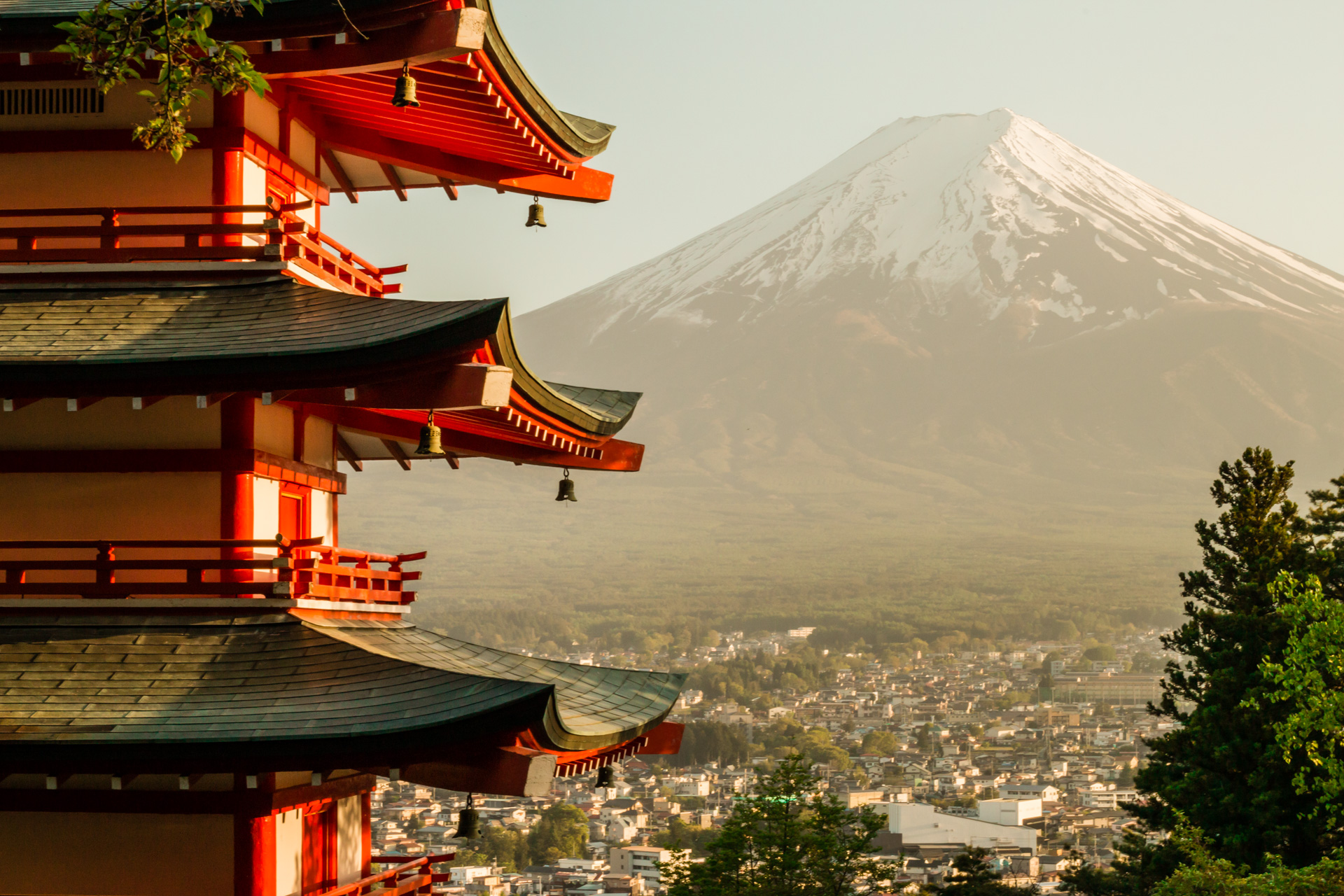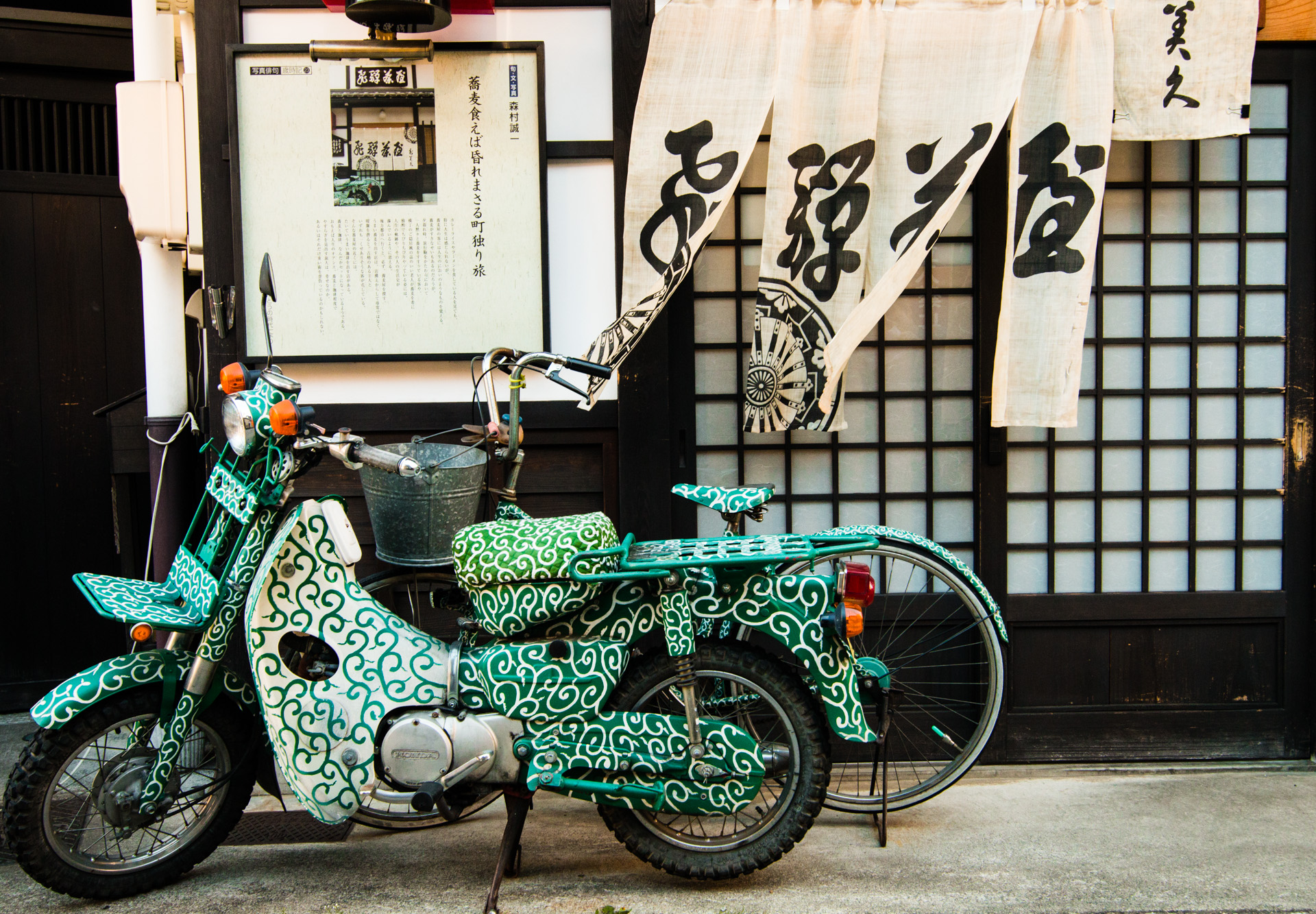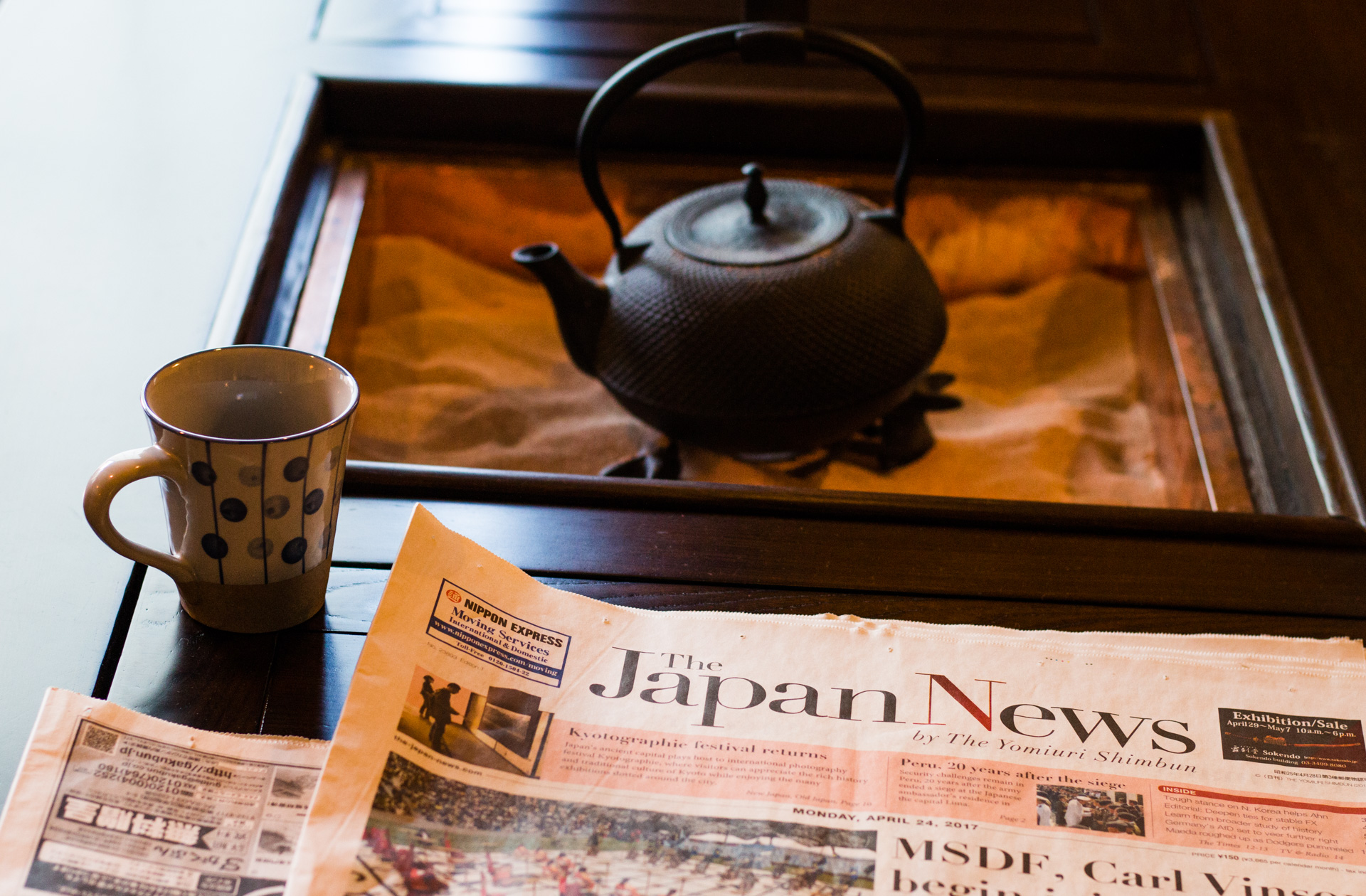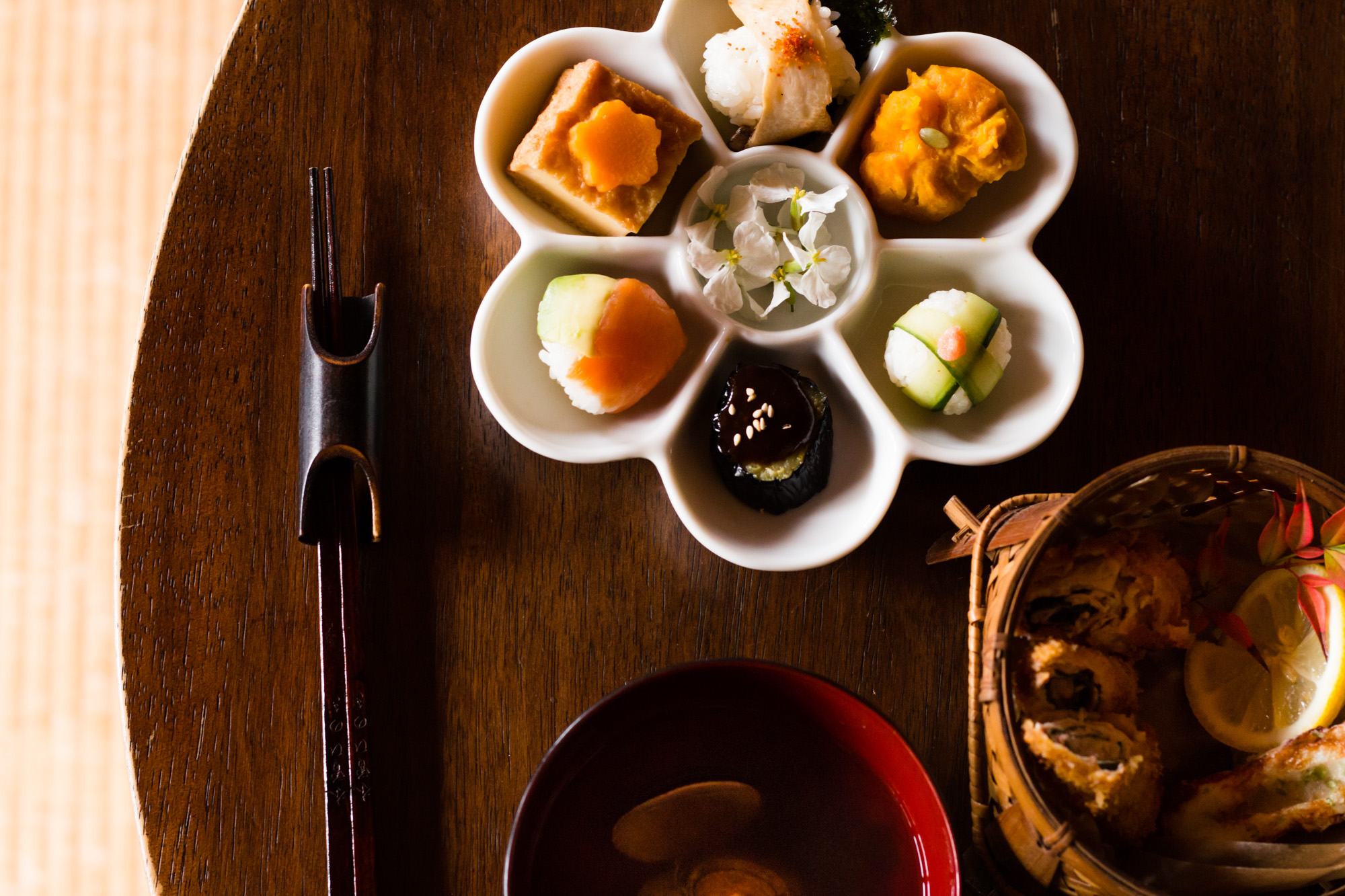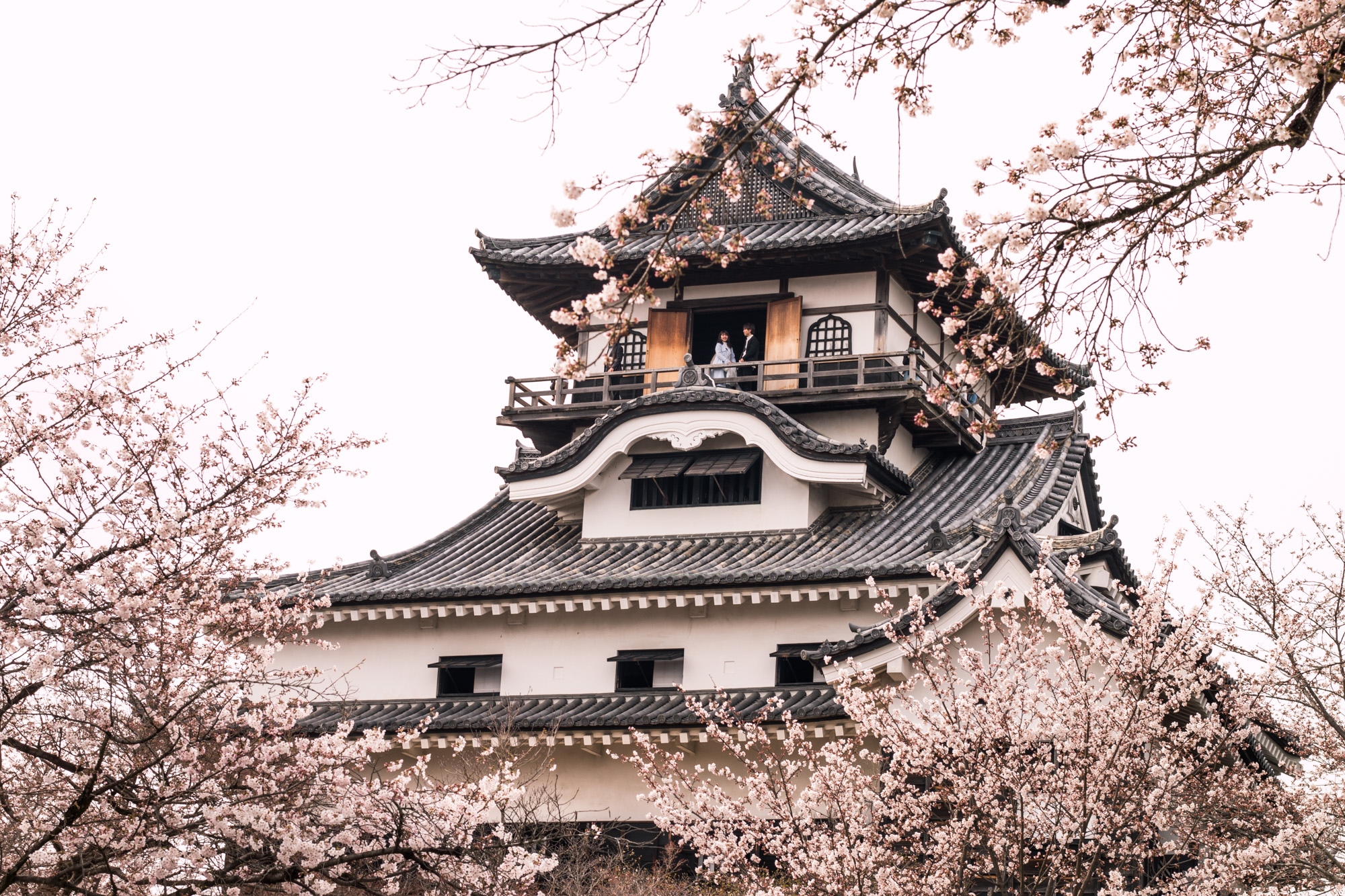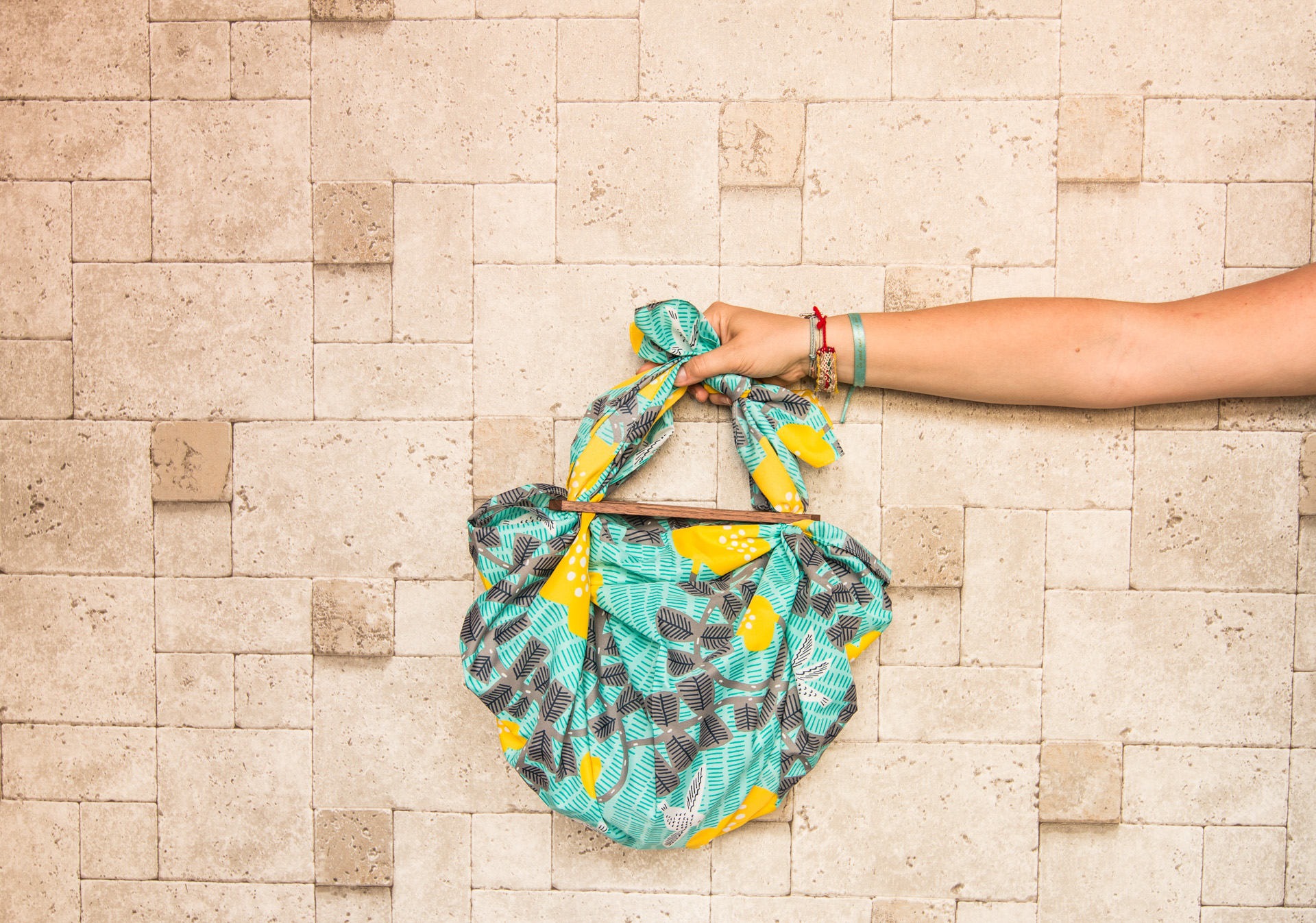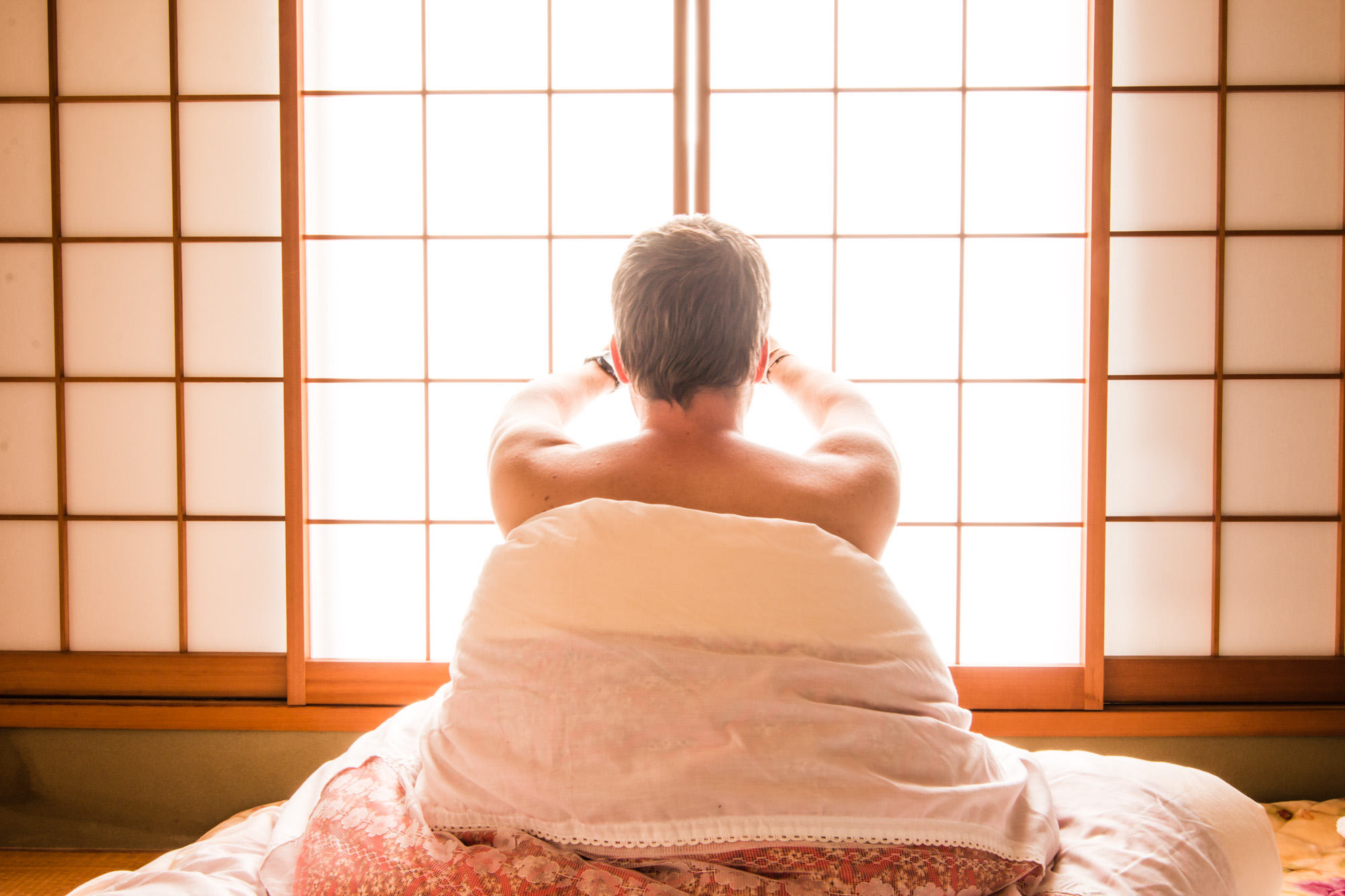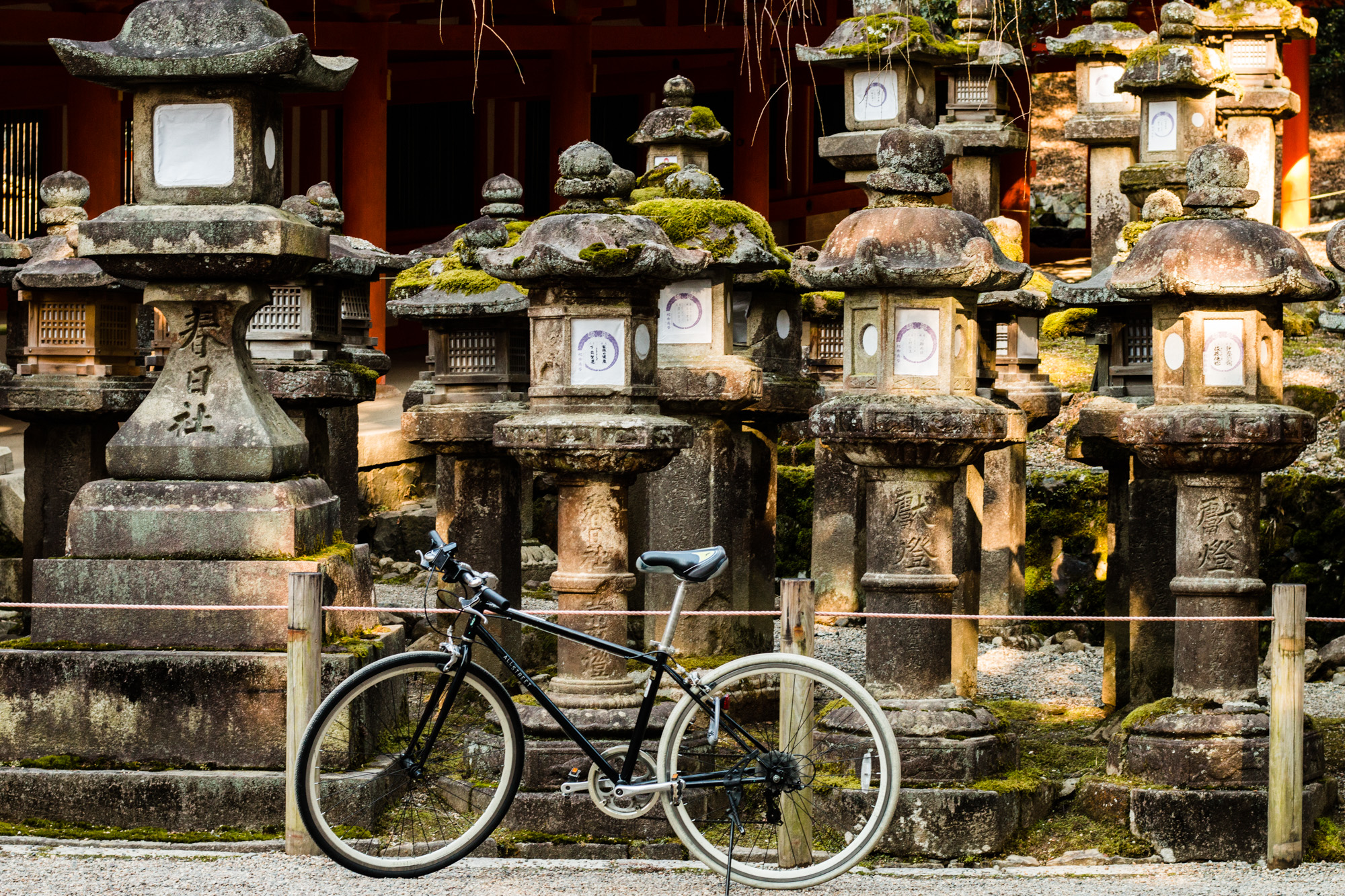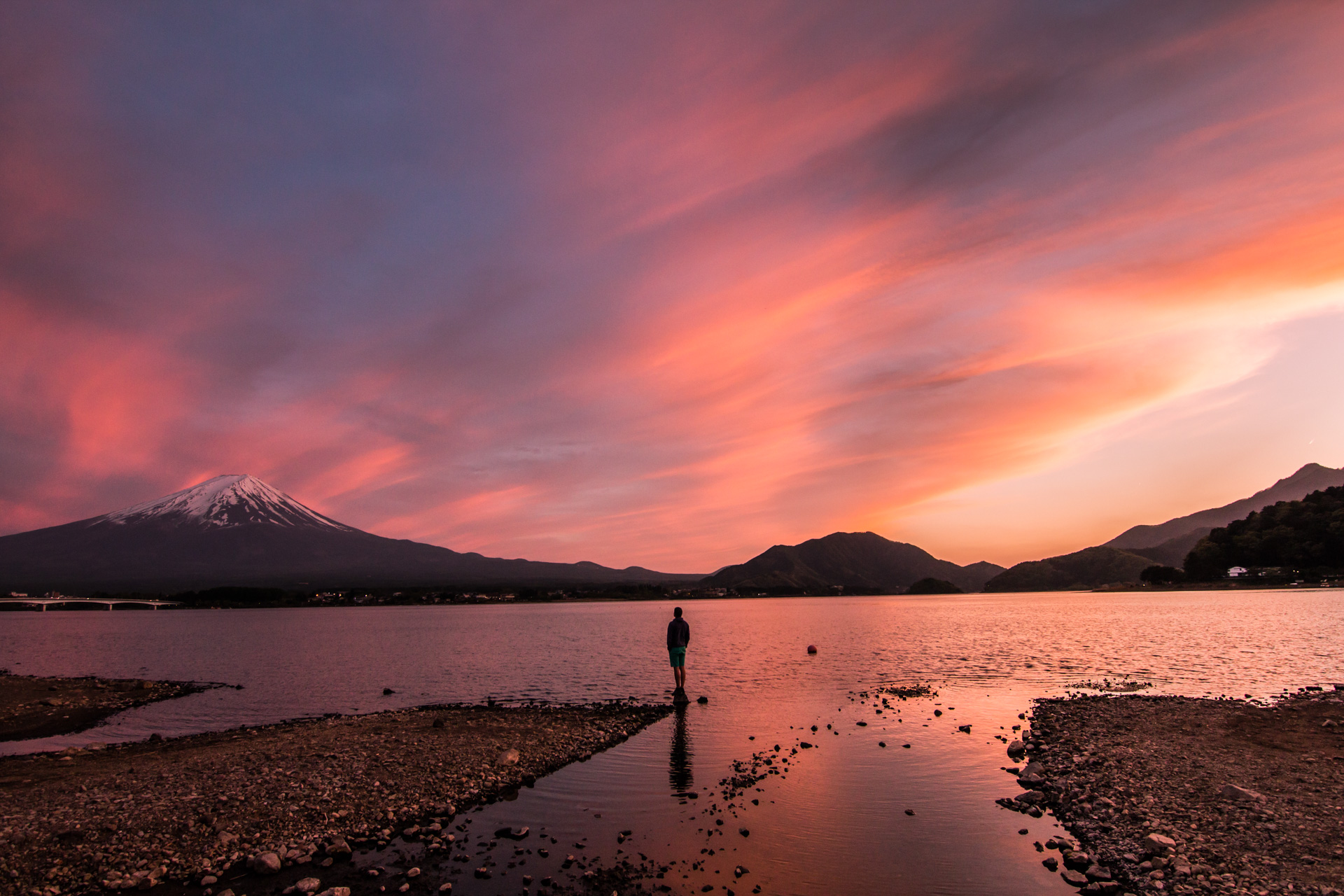Malaysia is quite a cheap country. For our 69 euros a day for the two of us (34,5 euro p.p) we spent a beautiful 15 days in Malaysia treating ourselves with very nice accommodations and even quite some visits to local cafes. We could have stayed in Malaysia on a significantly lower budget but for those few extra euros we got quite a lot more.
Where did we travel?
We didn’t travel very extensively. Malaysia was really like a long stopover for us and we mainly focused on recharging in there. We stayed in Georgetown, Kuala Lumpur and Cameron Highlands.
How did we travel?
We mostly used public transport so buses and in KL the metro. A bus from Georgetown to Cameron Highlands cost us 80 MYR for both of us (around 17 euro).
Sometimes we spent few riggits on uber. Usually it was never more than 9 MYR (2 euro) but in Cameron Highlands where there was no other way to travel around than taxi or a tour we had to pay even 25 ringgit (around 5 euro) for quite a short ride. Generally there the taxi drivers charge per hour and in high season when you don’t want to rent them for several hours or a whole day, they won’t take you at all. Fortunately we were there in a bit of a dead season so the driver gave us the honor.
In total we spent 46 euros on transportation.
Where did we stay?
In all of the three locations we stayed in very nice places. First in Georgetown we stayed in a very nice, huge room in one of those stunning, Peranakan houses. We rented it for 36 euros per night on Airbnb and although we knew we could get a more or less decent room for half of it… we never regretted it.
In Kuala Lumpur we stayed in an Airbnb studio with access to a spectacular view on the city with an infinity pool. More about that here.
Only in Cameron Highlands we couldn’t find anything interesting on Airbnb so we decided to stay in a little, charming guesthouse. There we paid 158 MYR per night (31 euro). More about this one and tea region in general here.
Overal we spent 489 euros on accommodation.
What did we eat?
Only in Kuala Lumpur we had our own kitchen so we cooked a bit there. In other places we were forced to eat out. At first we thought it would be rewarding but very soon we realized that the Malaysian cuisine we knew from Holland had nothing to do with the one in the country. It was fatty, bloody and we were far from being impressed. So to be honest few times we chose for a meal from a supermarket rather than for a restaurant.
In total we spent 162 euros on eating out and that includes 110 MYR (around 23 euros) we paid for high tea for the two of us in Cameron Highlands and various lunches in quite nice cafes. In a normal, local restaurant we would pay around 20-30 ringgit (4-6 euros) for a meal for both of us. That without even choosing the cheapest of the cheapest.
In 206 euros under “food” we included our supermarket groceries, ice creams we bought in convenient stores and many, many, fresh, cold coconuts bravely opened by teenage boys all over Malaysia.
How expensive are museums, tours etc?
In 39 euros under “tourism” we only included our whole day tour with a jeep in Cameron Highlands. For the rest, what we saw was free.
Where did the rest of our money go?
Postcards, laundry, small souvenirs and my dream rattan bag turned out to be 88 euros.
Money- saving tips and tricks
Malaysia is a pretty cheap country. Transportation, food and even handcrafts are very affordable but…
-
- Bargain! It’s one of those countries where people get those few extra euros off you if you don’t know how much something should cost. Ask for a price up front, bargain or just search for places where the prices are already written.
- Choose your accommodation wisely. Decide if you want to go for the cheapest of the cheapest or a bit more luxurious. If the first one it’s best to walk around once you get here and ask around for the best deal. We met people who were literally staying for 2 euros per night, per bed in hostels that were not even mentioned online. If you want to go somewhere clean and really nice, we would recommend Airbnb. It’s definitely cheaper than hotels and often the service and conditions you get are way better.
- Eat locally! Food at local food courts and restaurants is really affordable, not to mention the coffee. You get a bag (yep a plastic bag) that would wake up a cow for 50 euro cents. It's surprisingly good, just make sure you take a very basic one without any sugar, butter or the typical Malaysian one that tastes like it was poured from nescafe powder.
- Try to volunteer! Always a great idea to save money on food and accommodation and get to know local culture and customs.
- Enjoy the free attractions. Street art, nature, animals. You can see all that for free.
Exchange rate used: 1 Euro = 4.98 MYR

